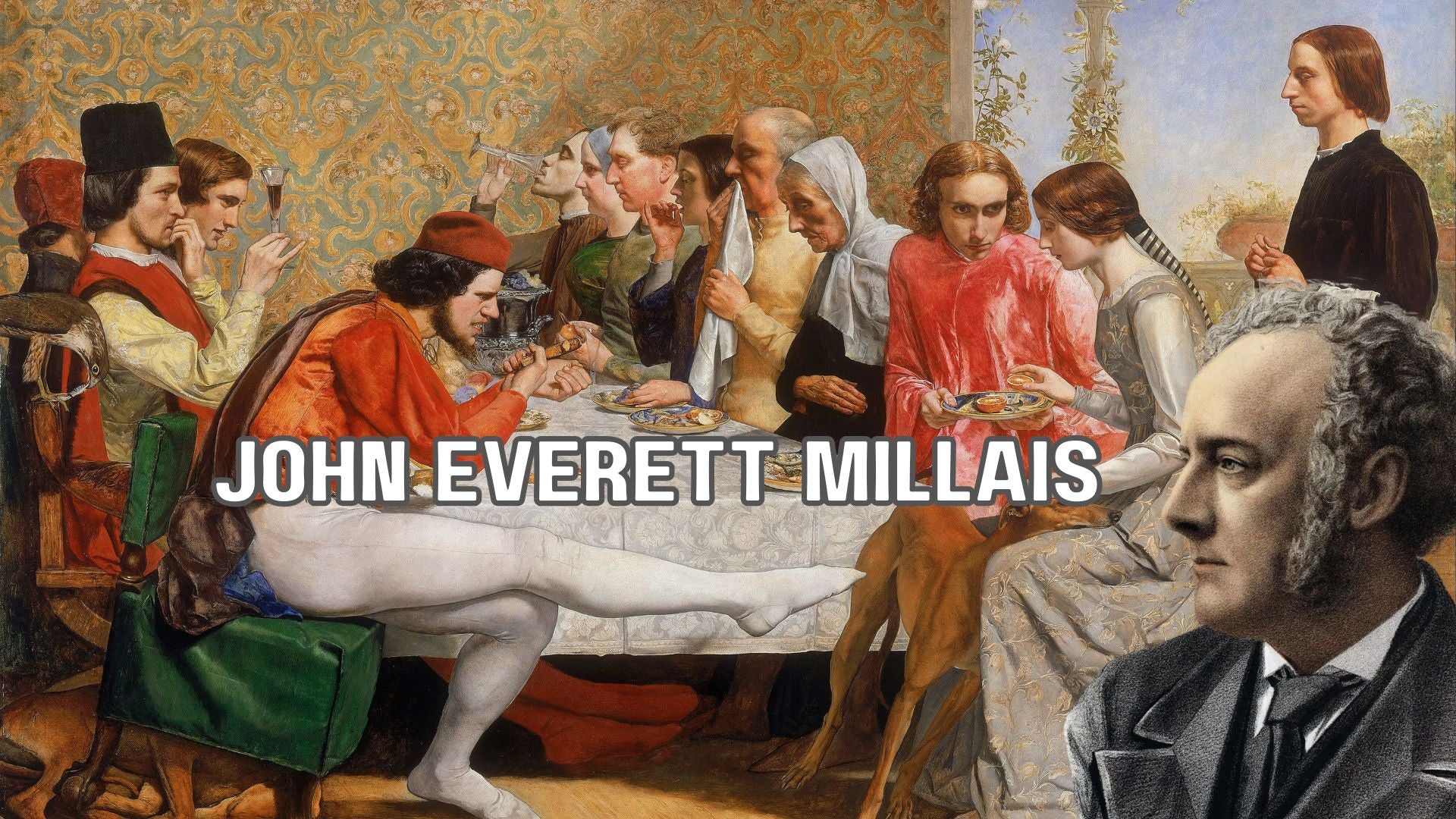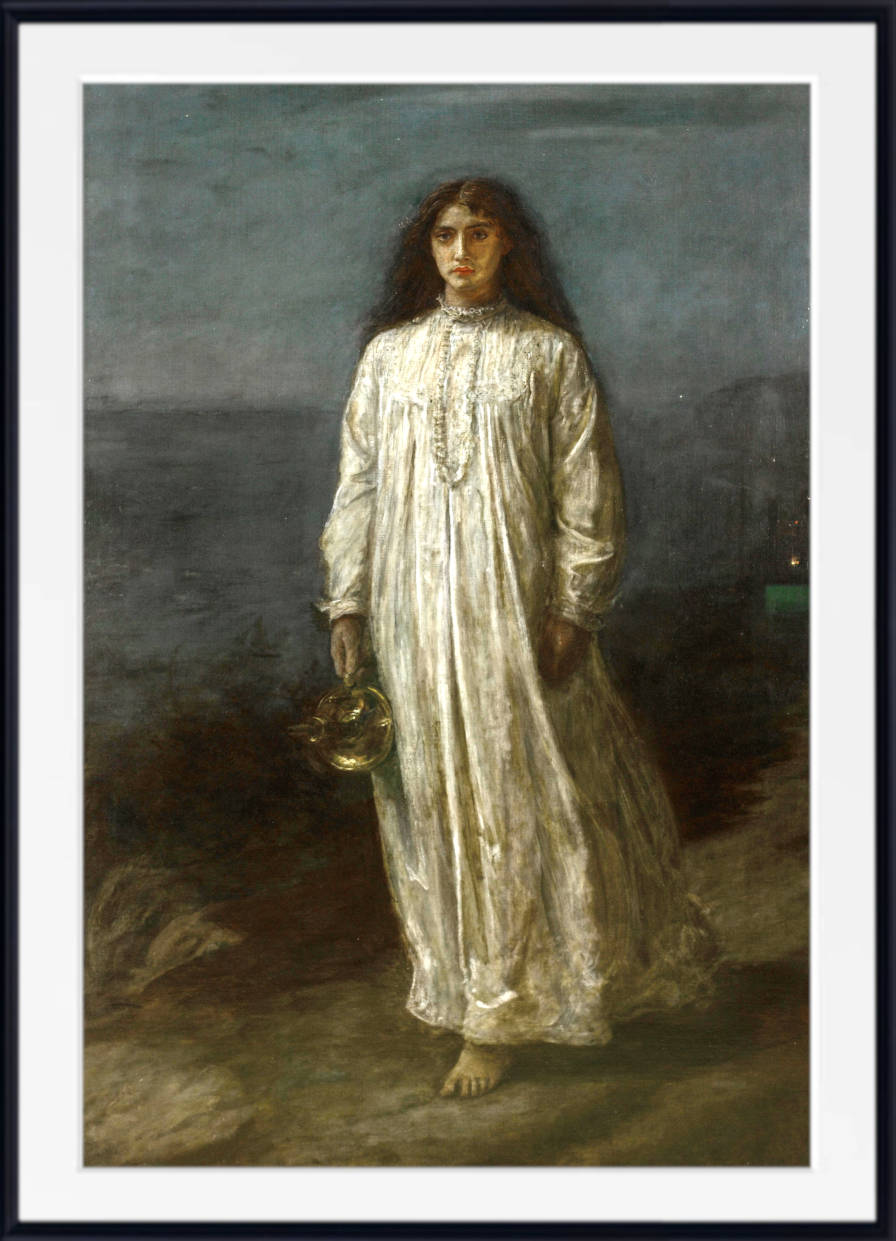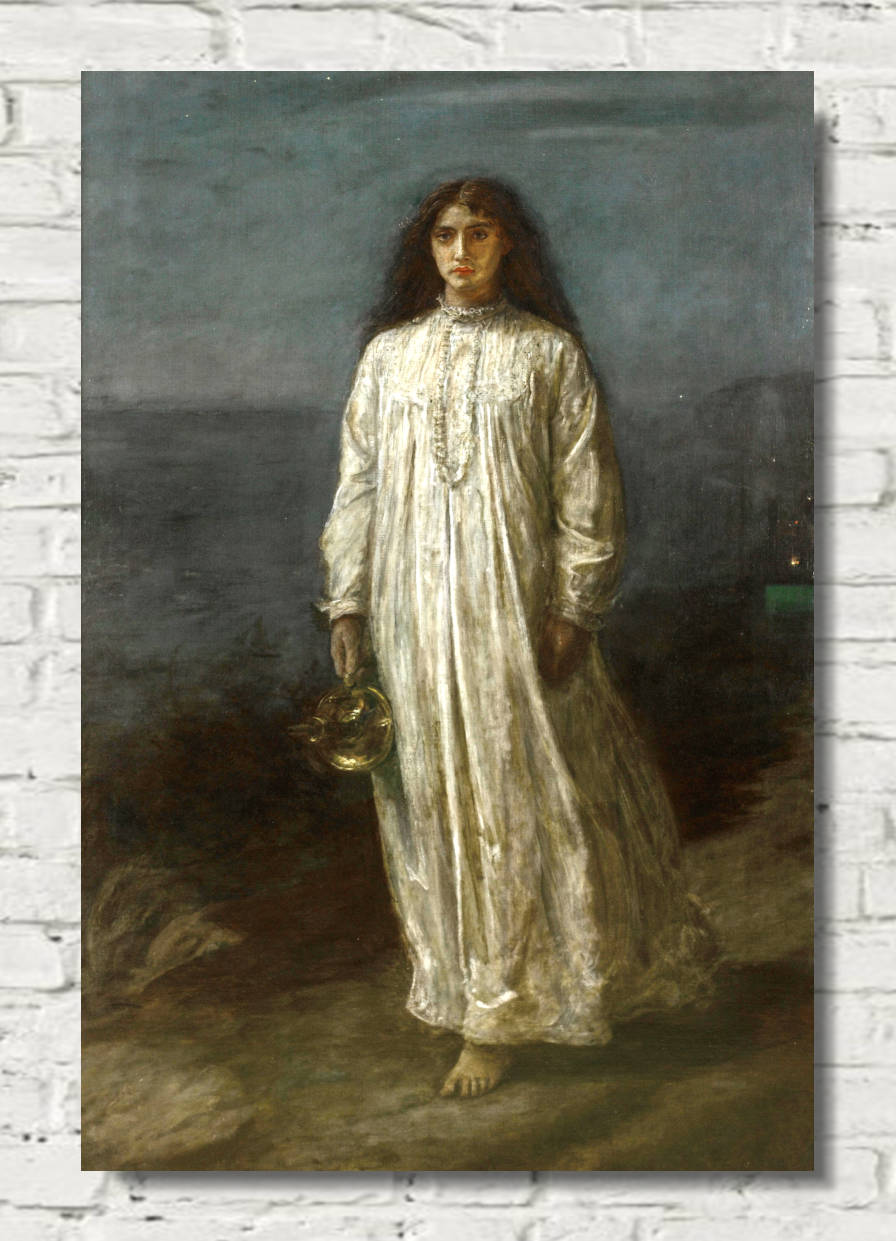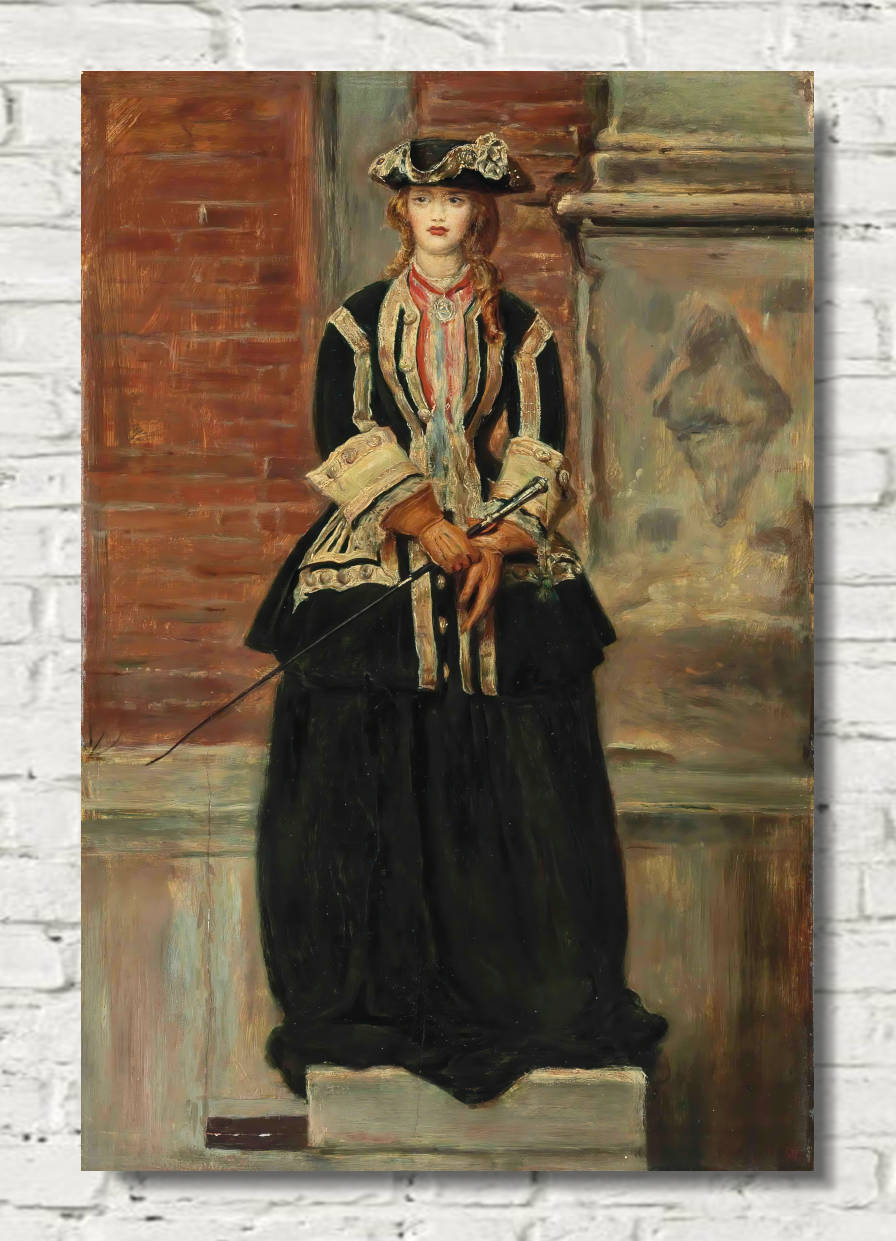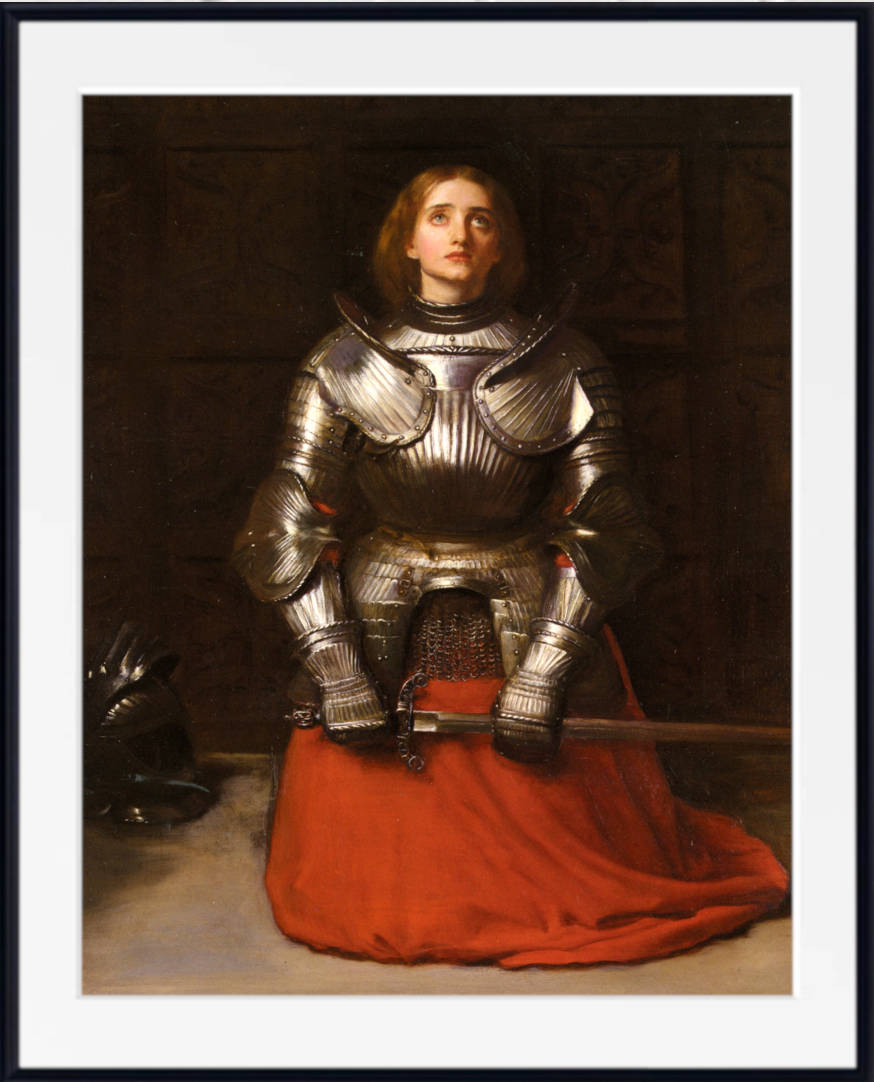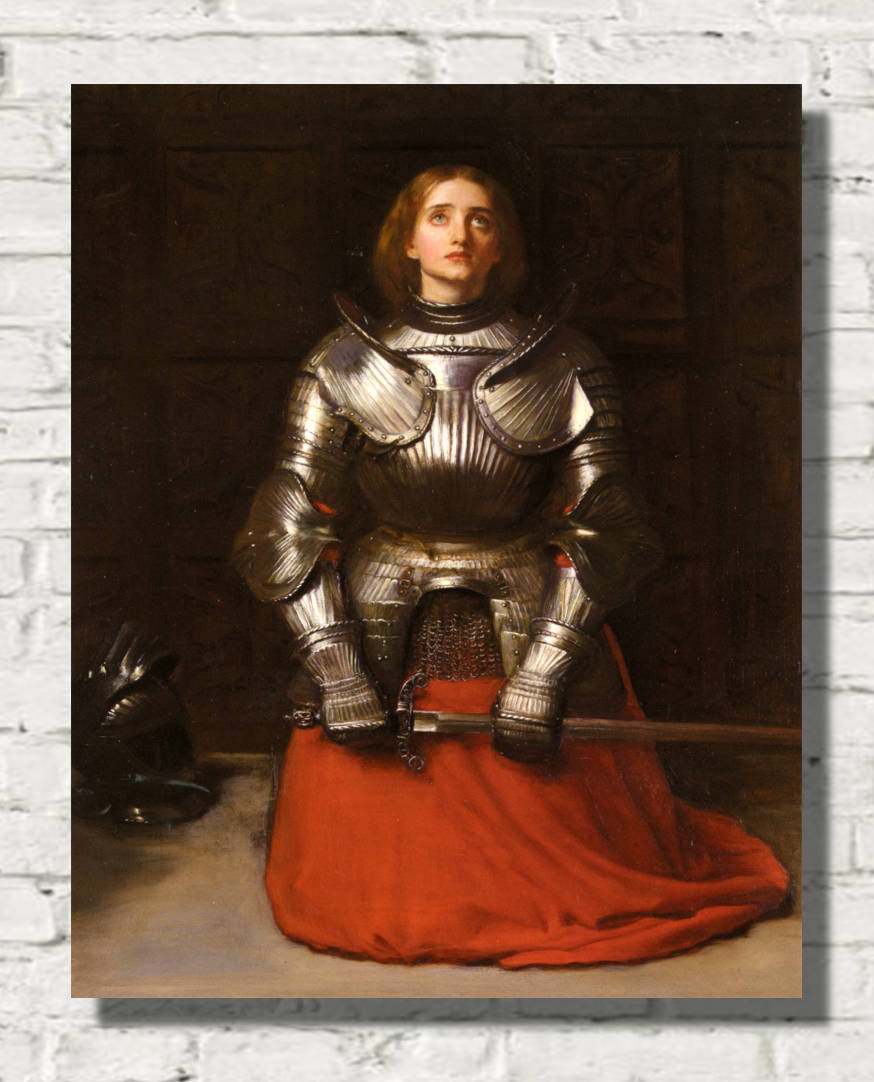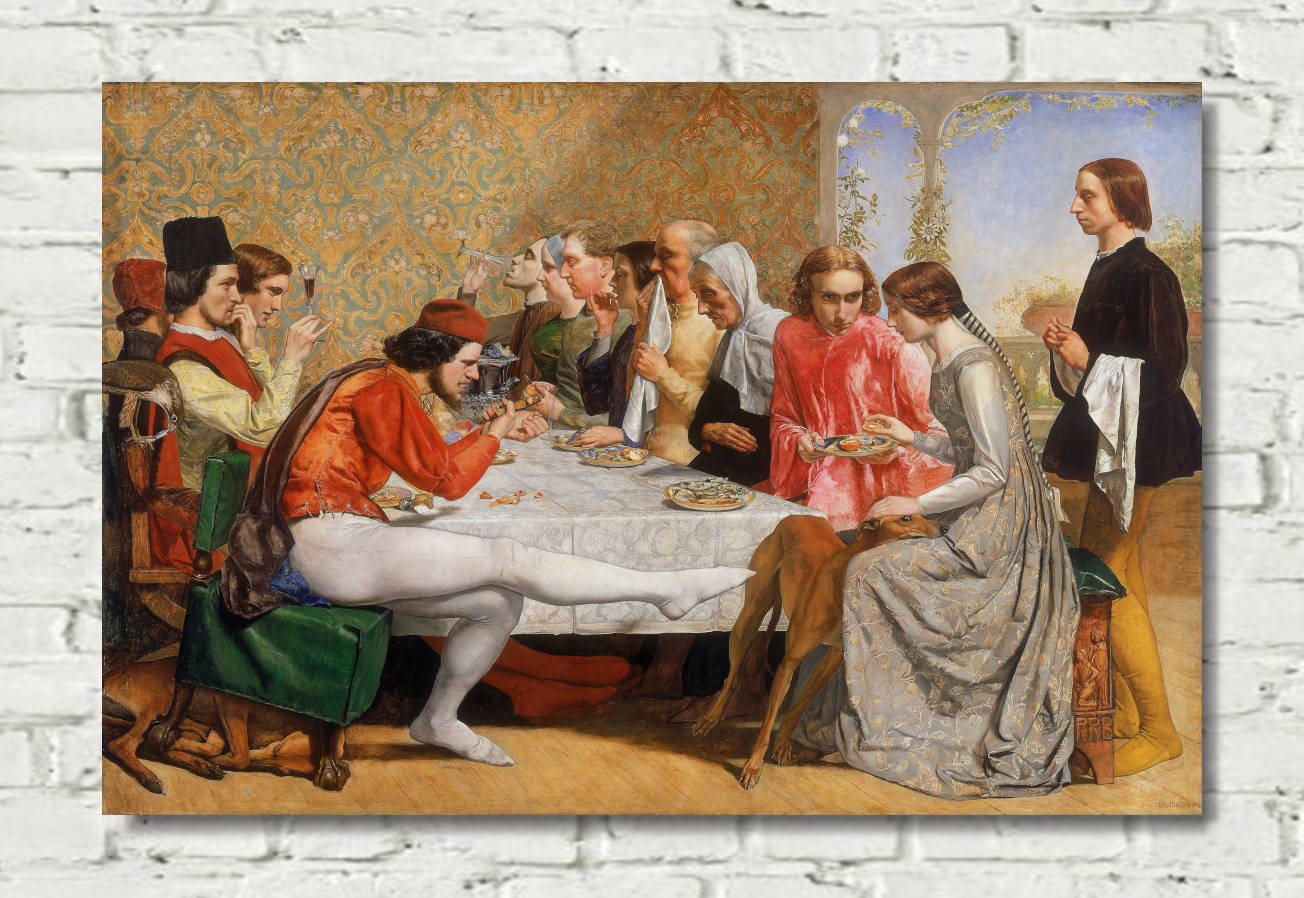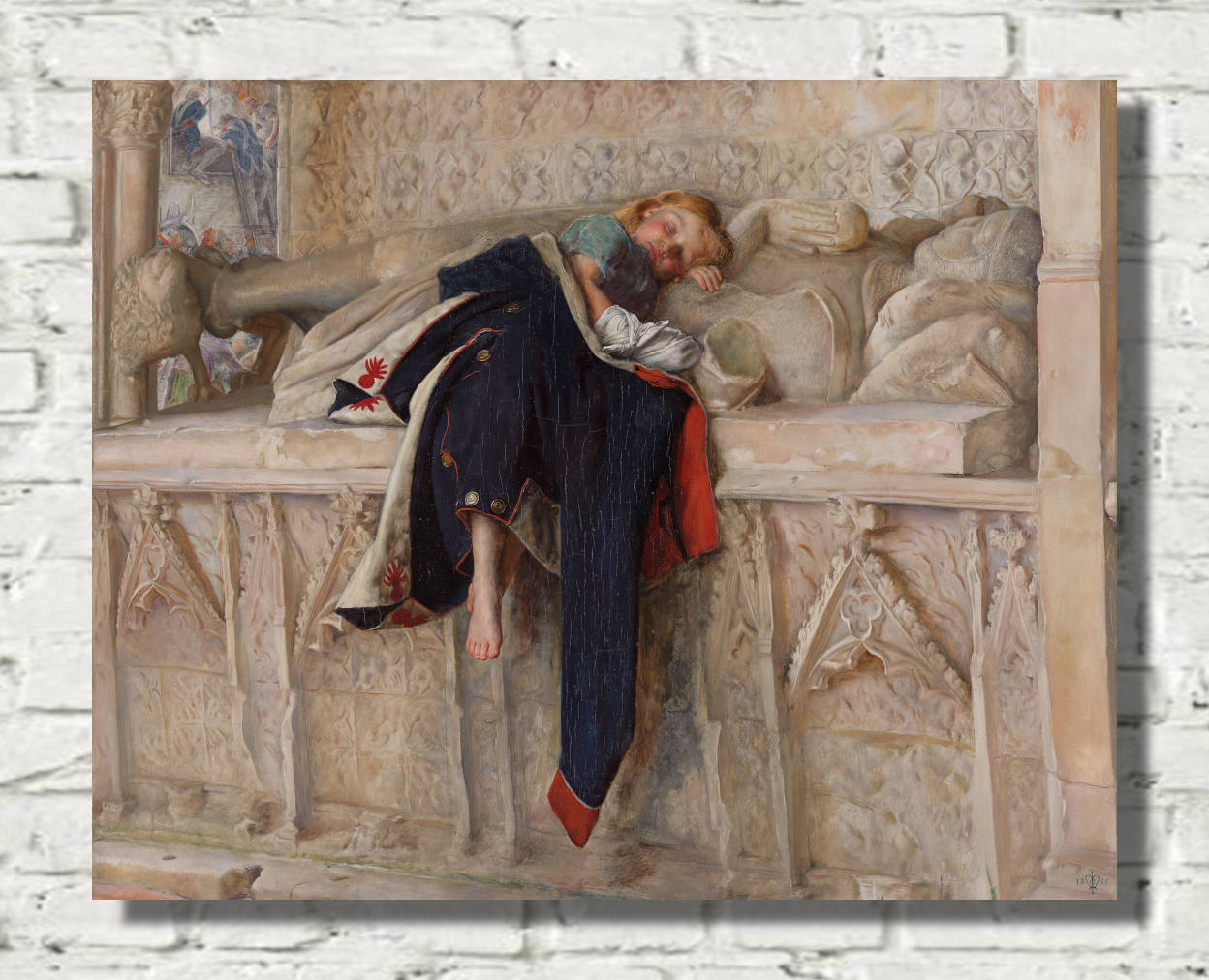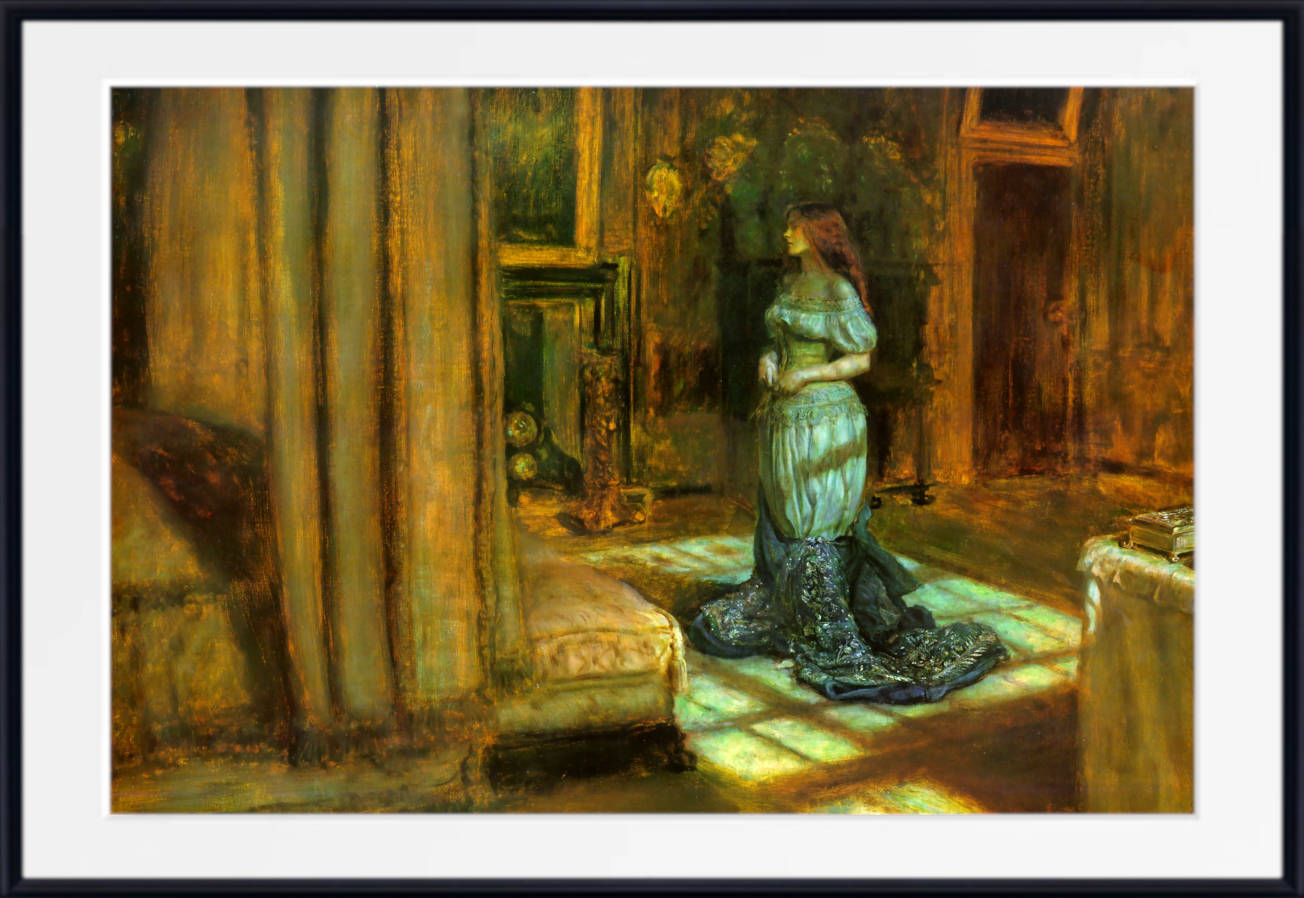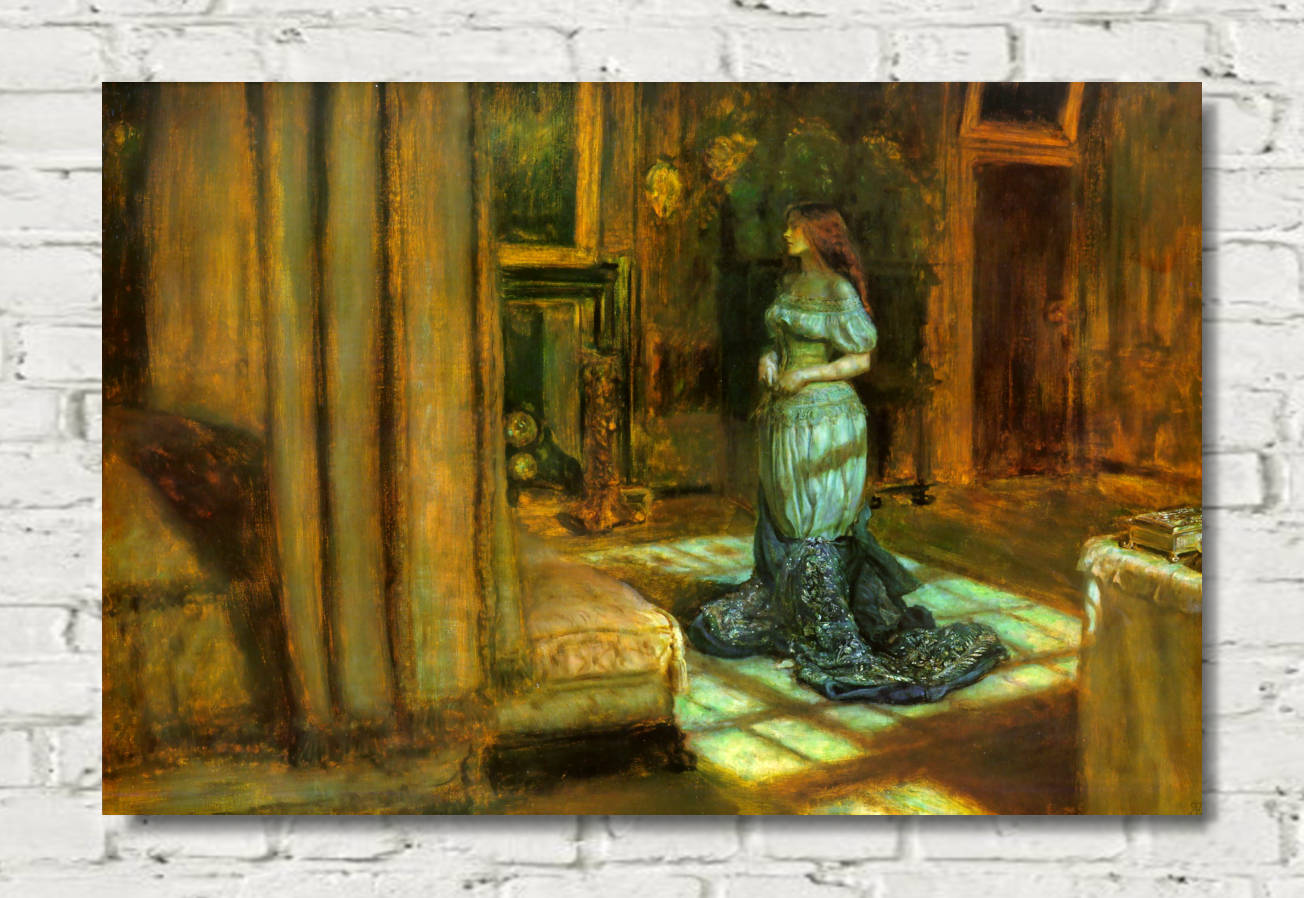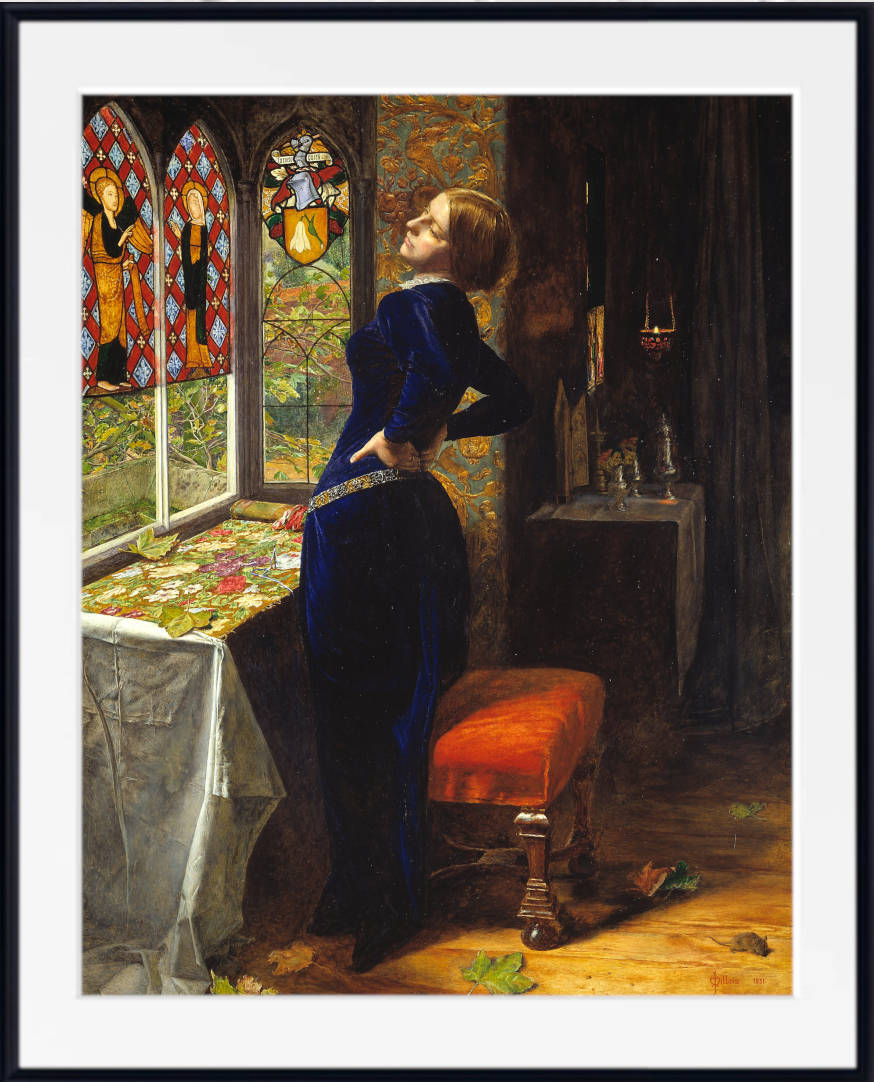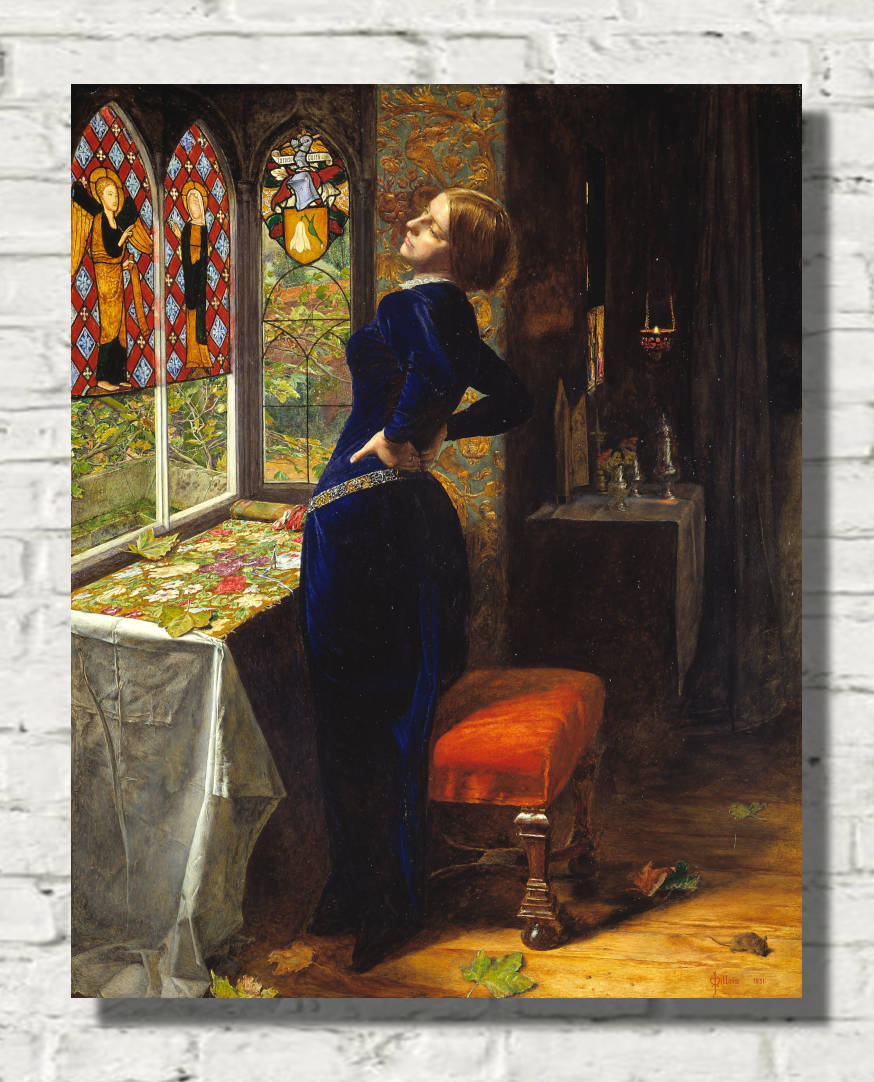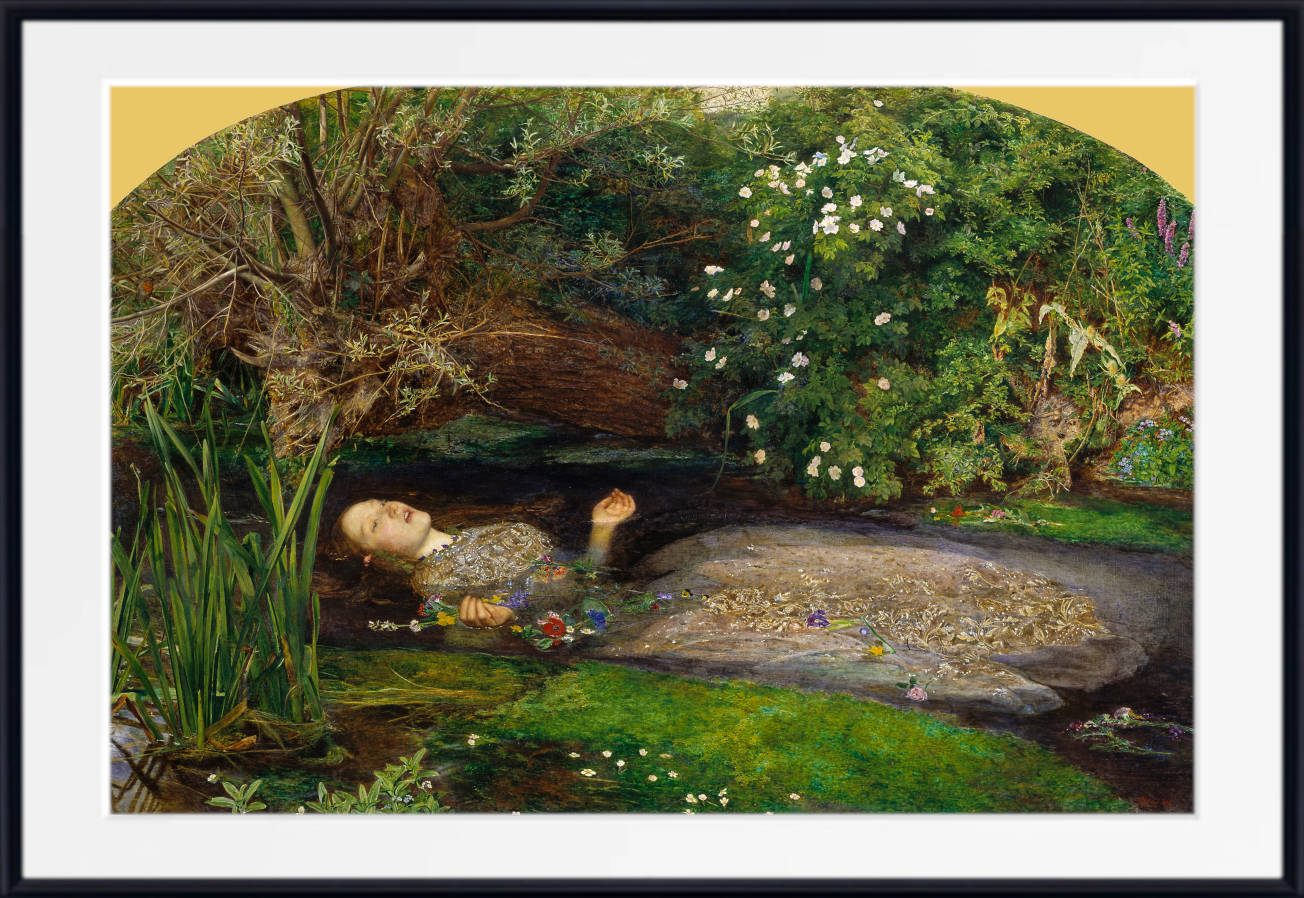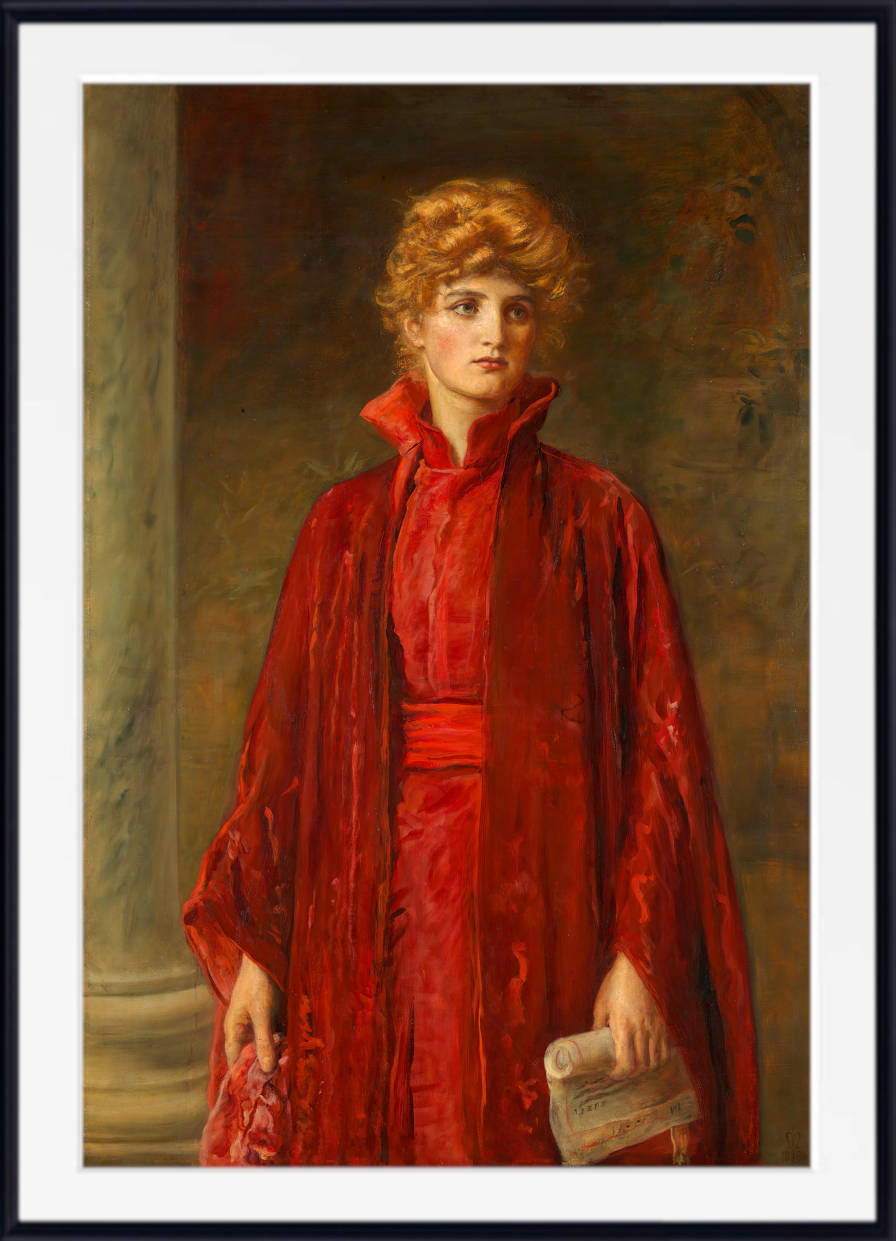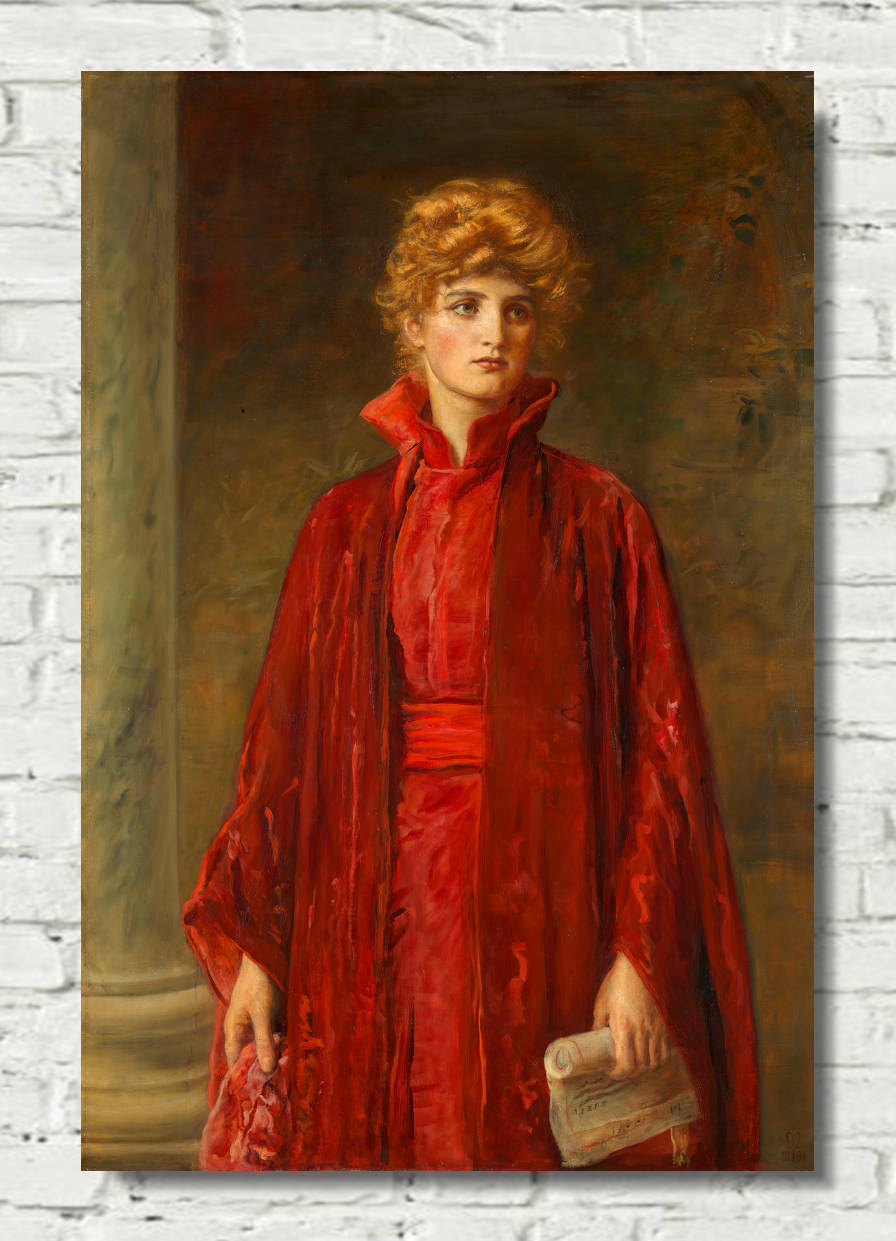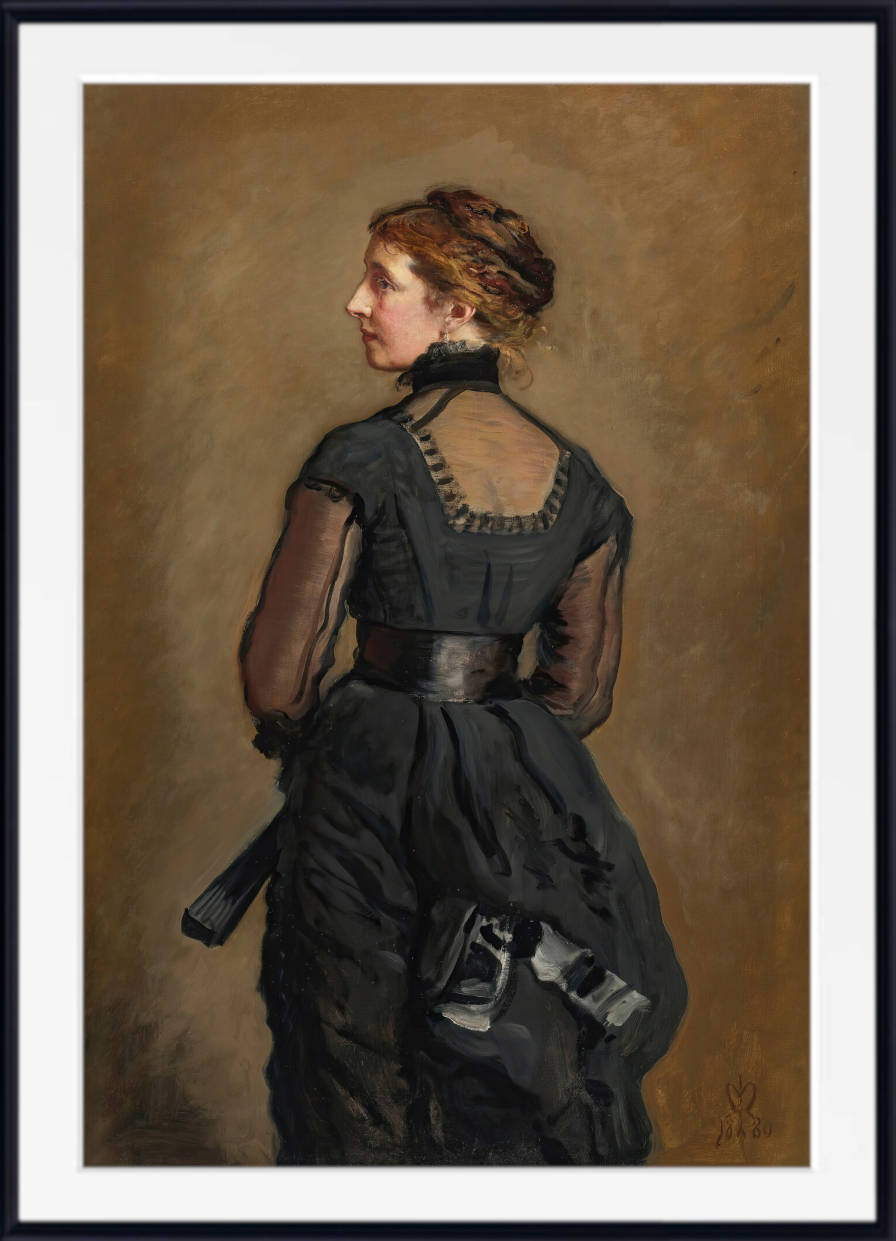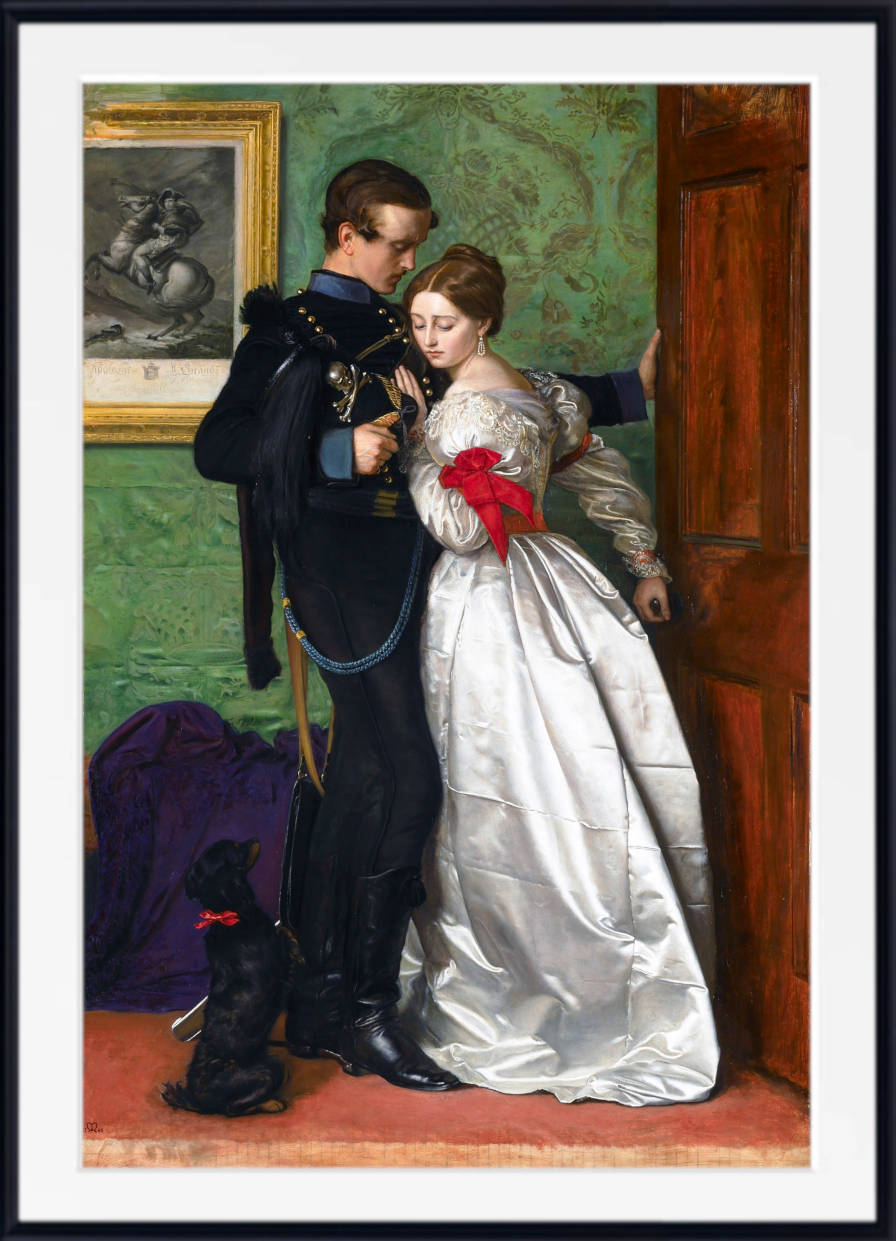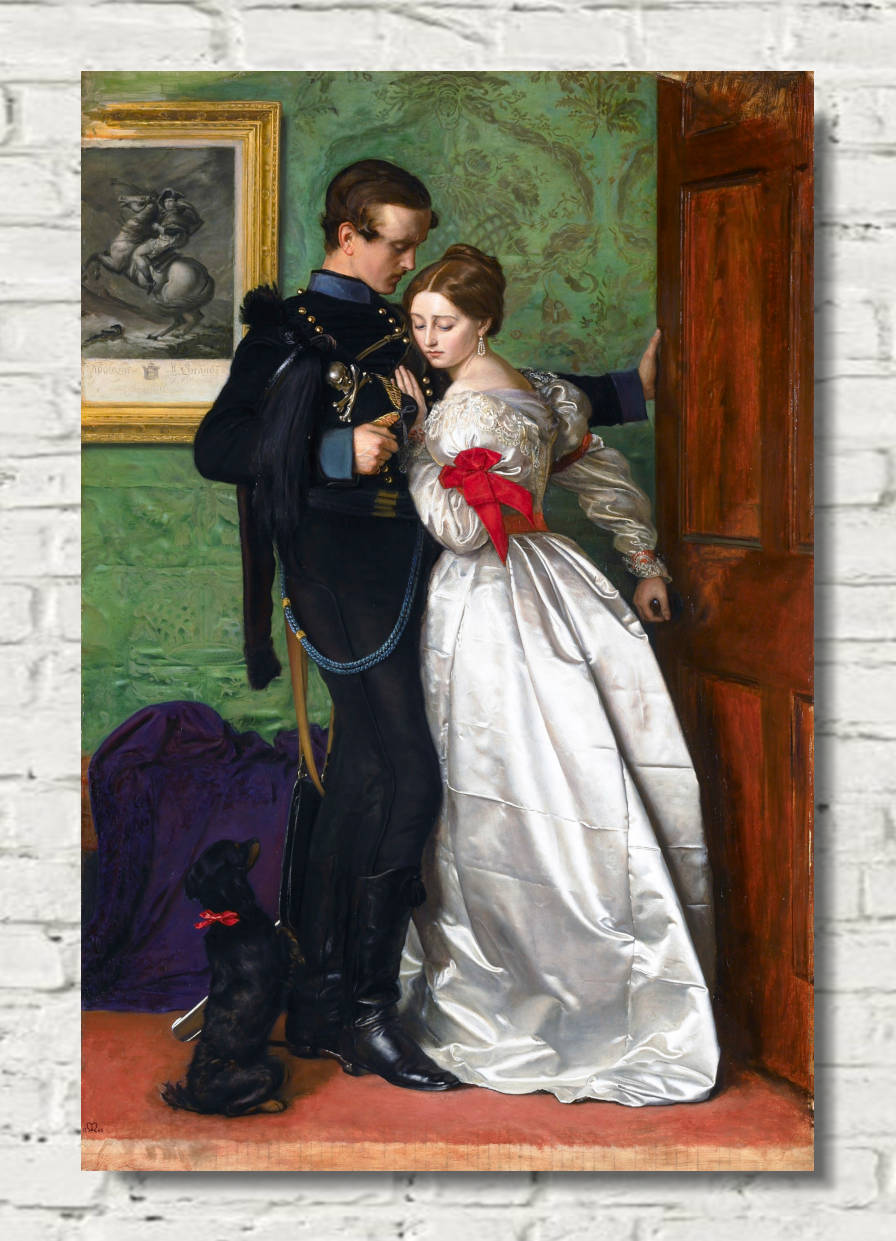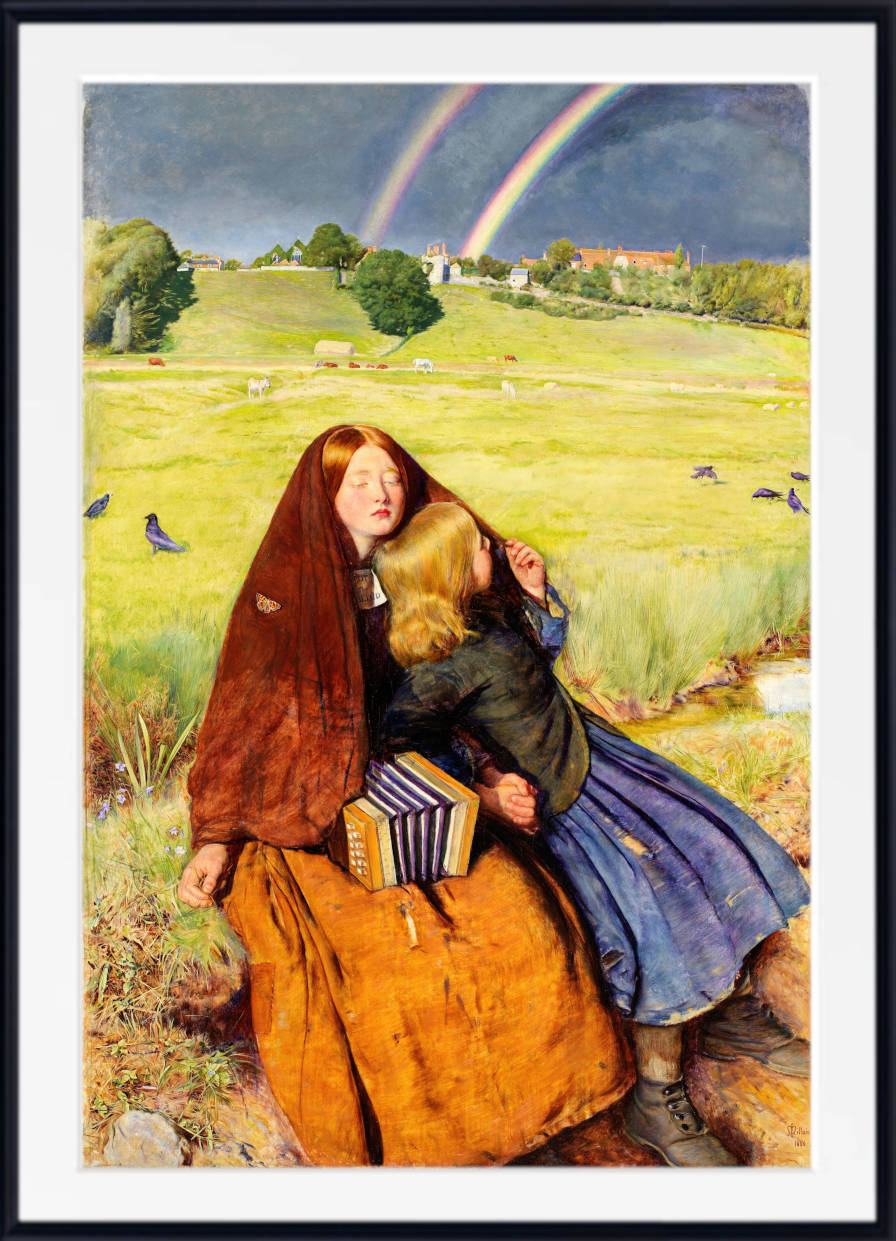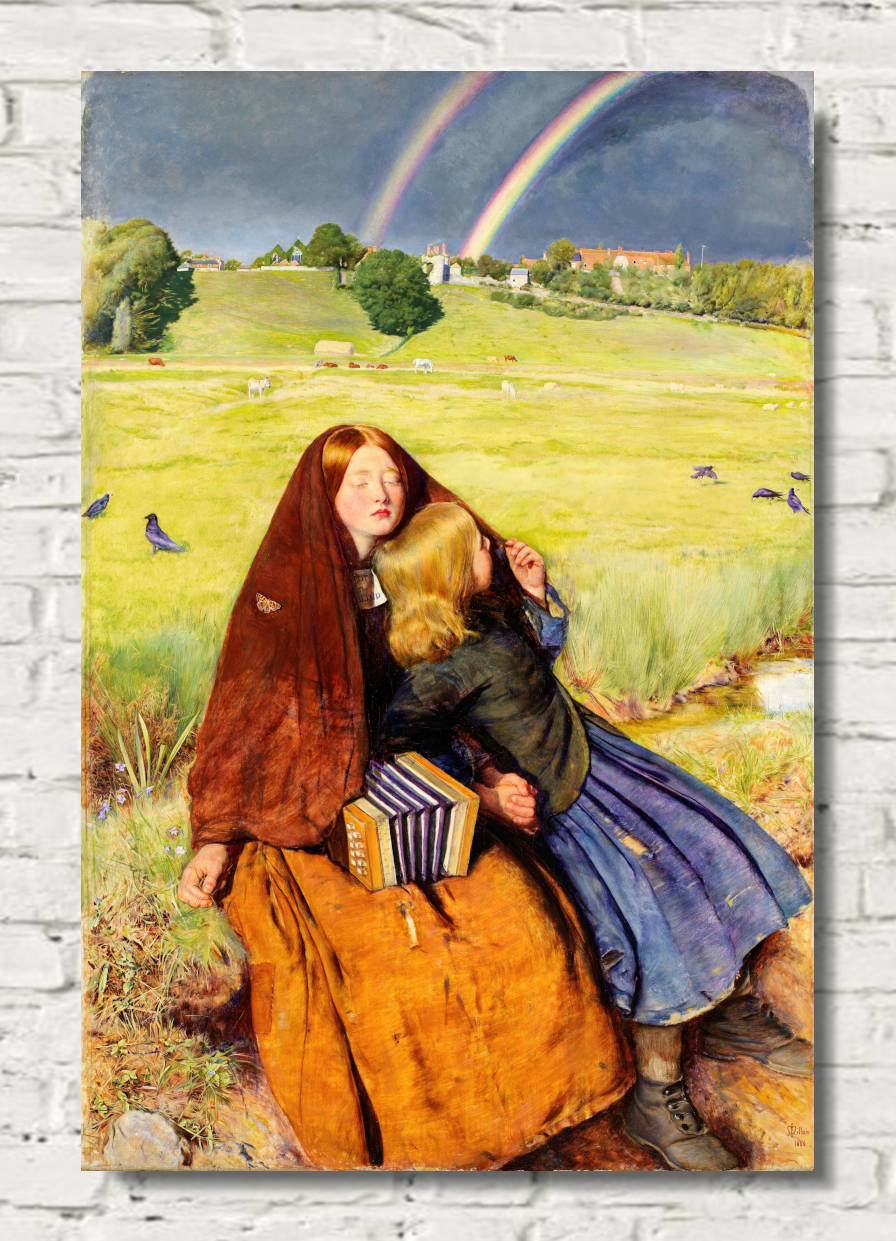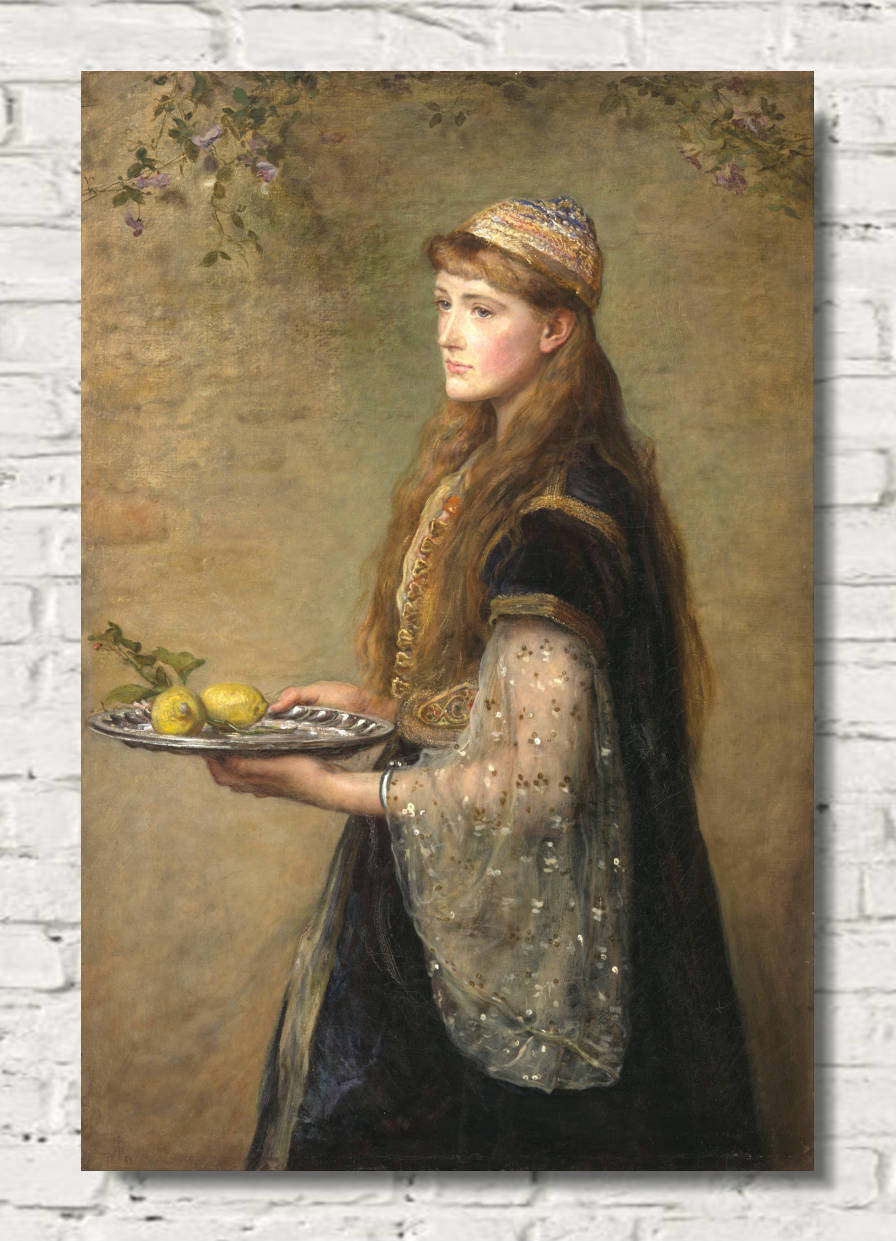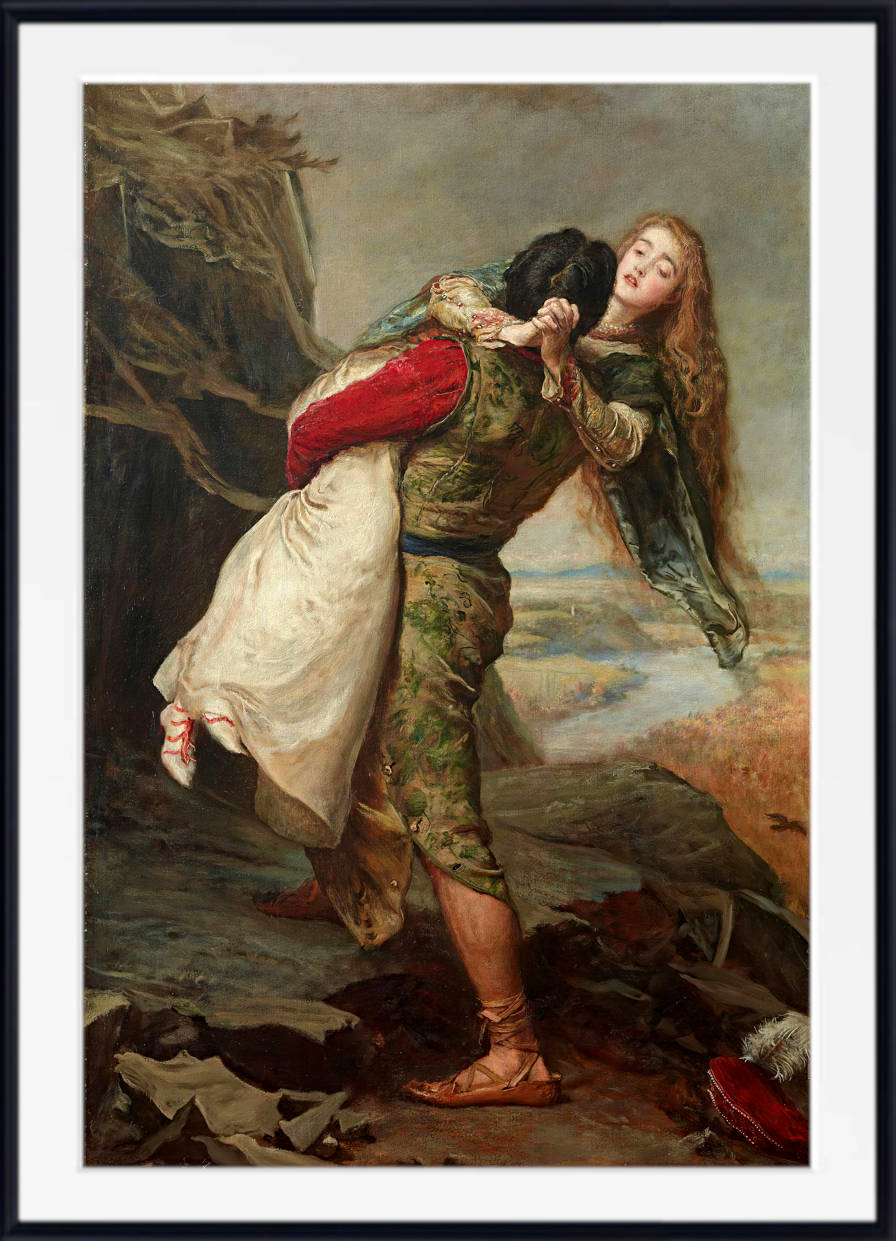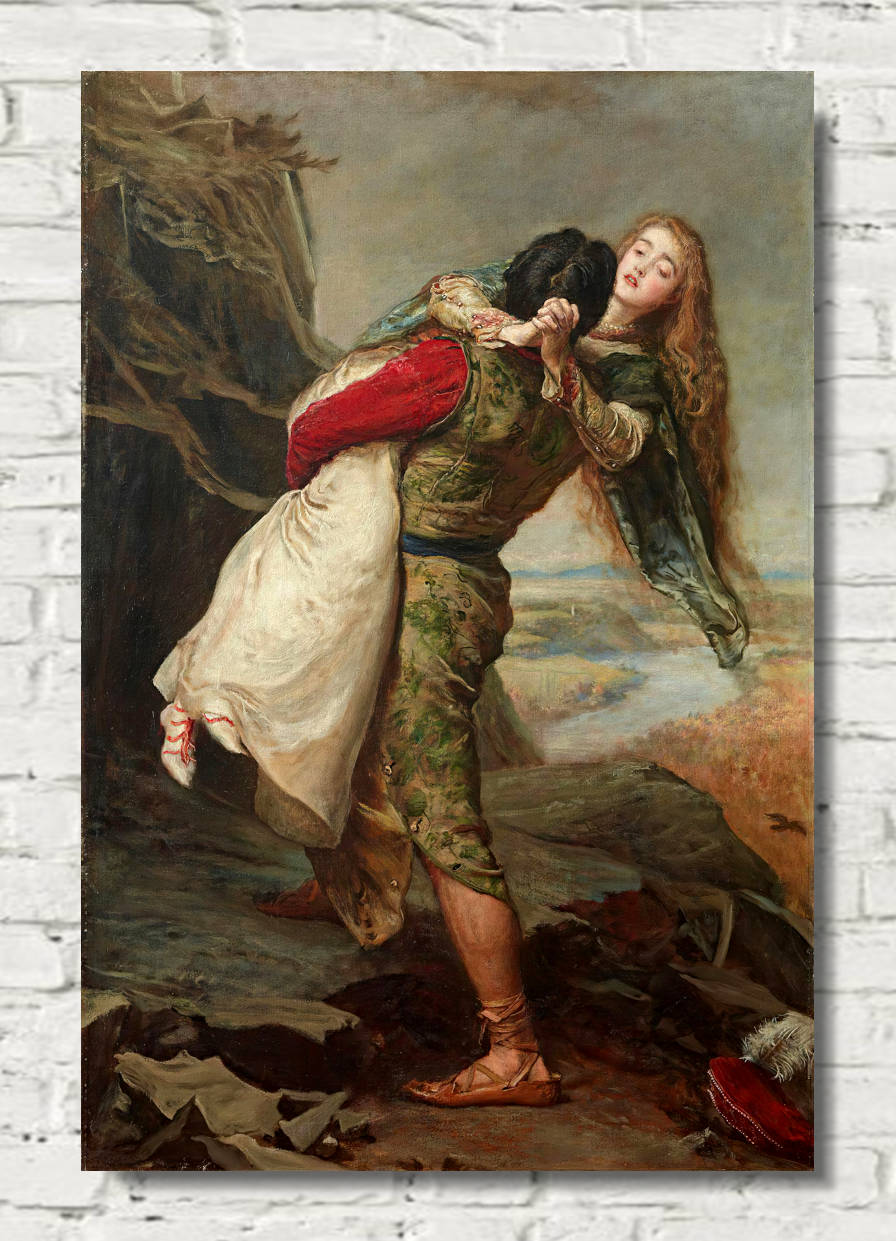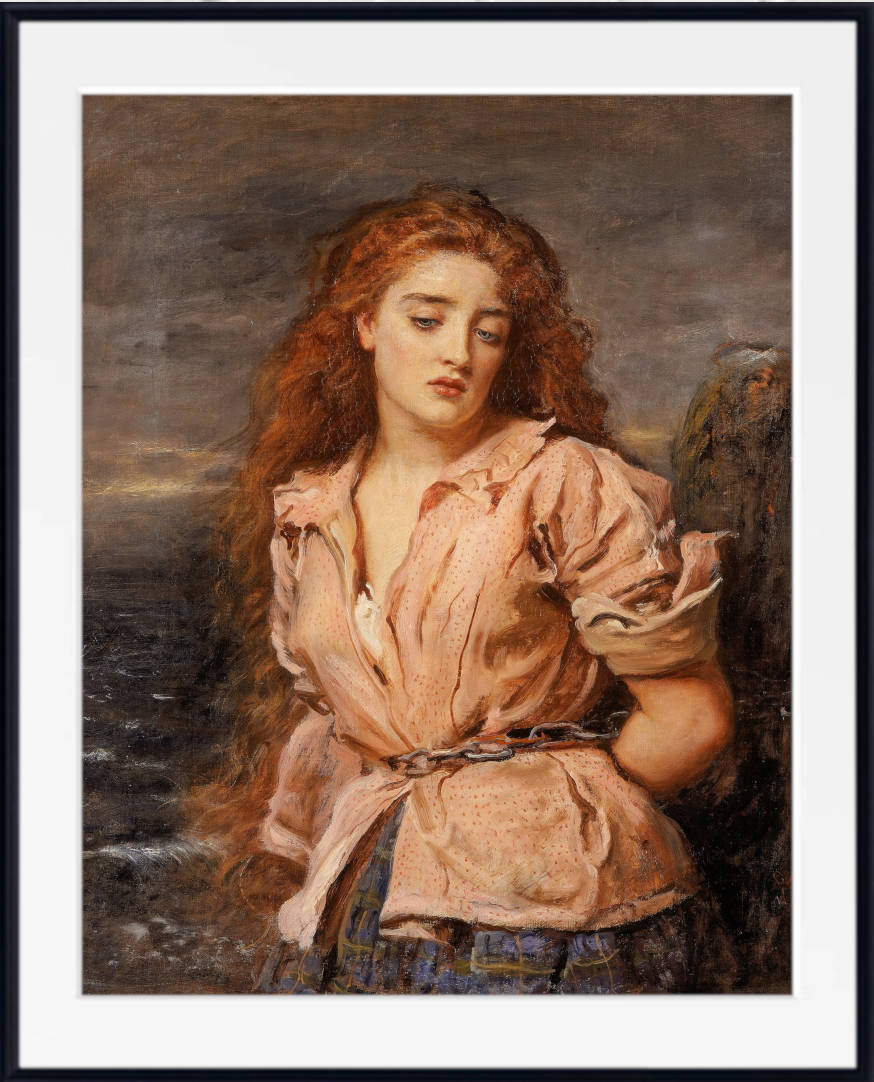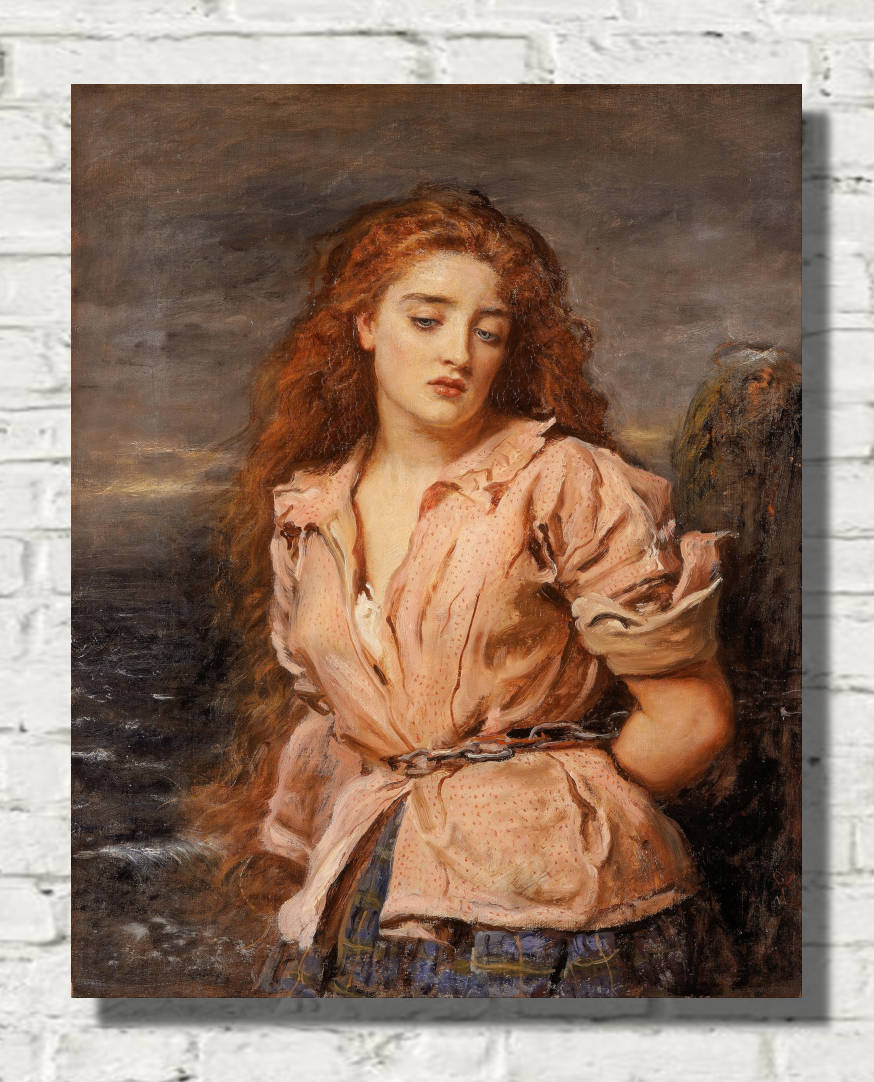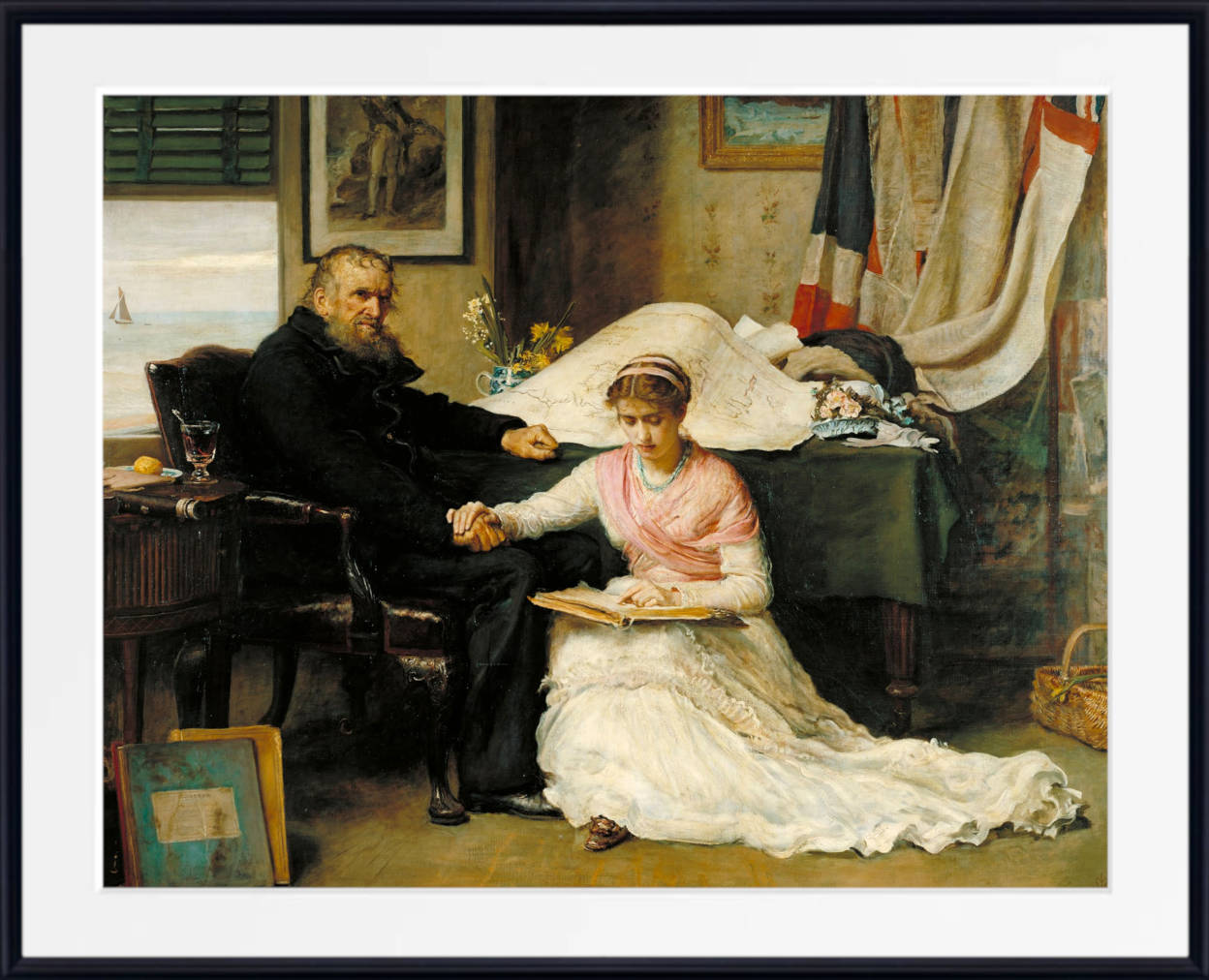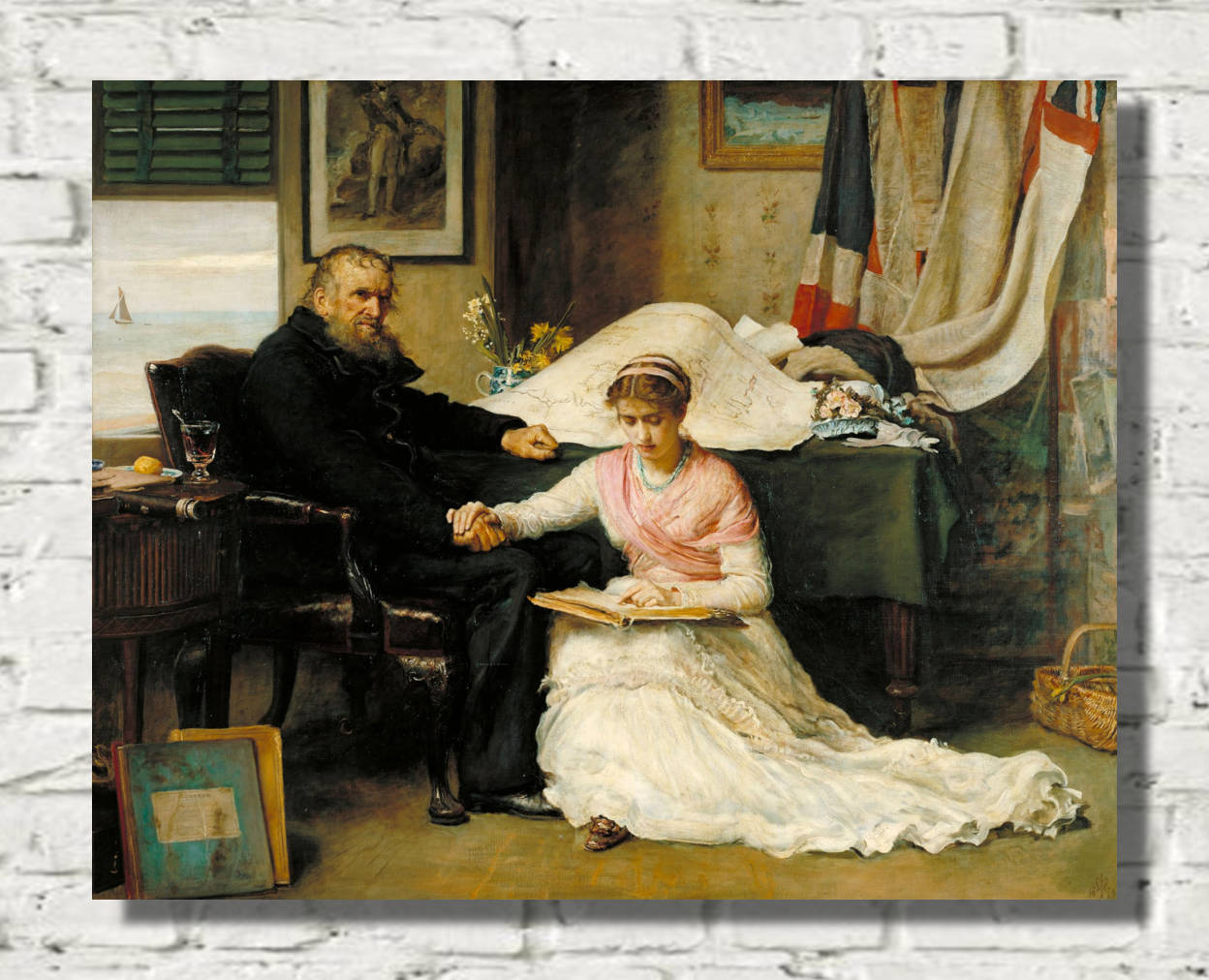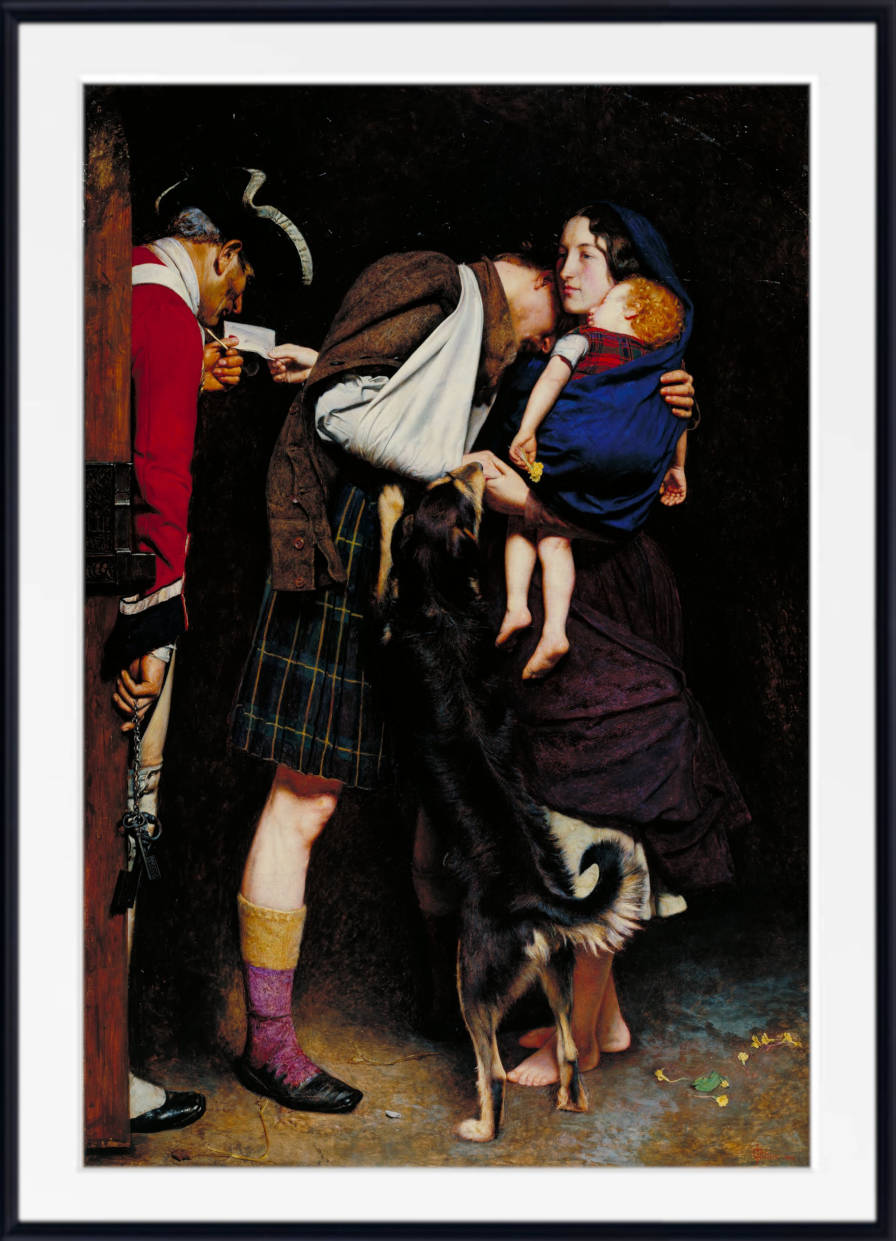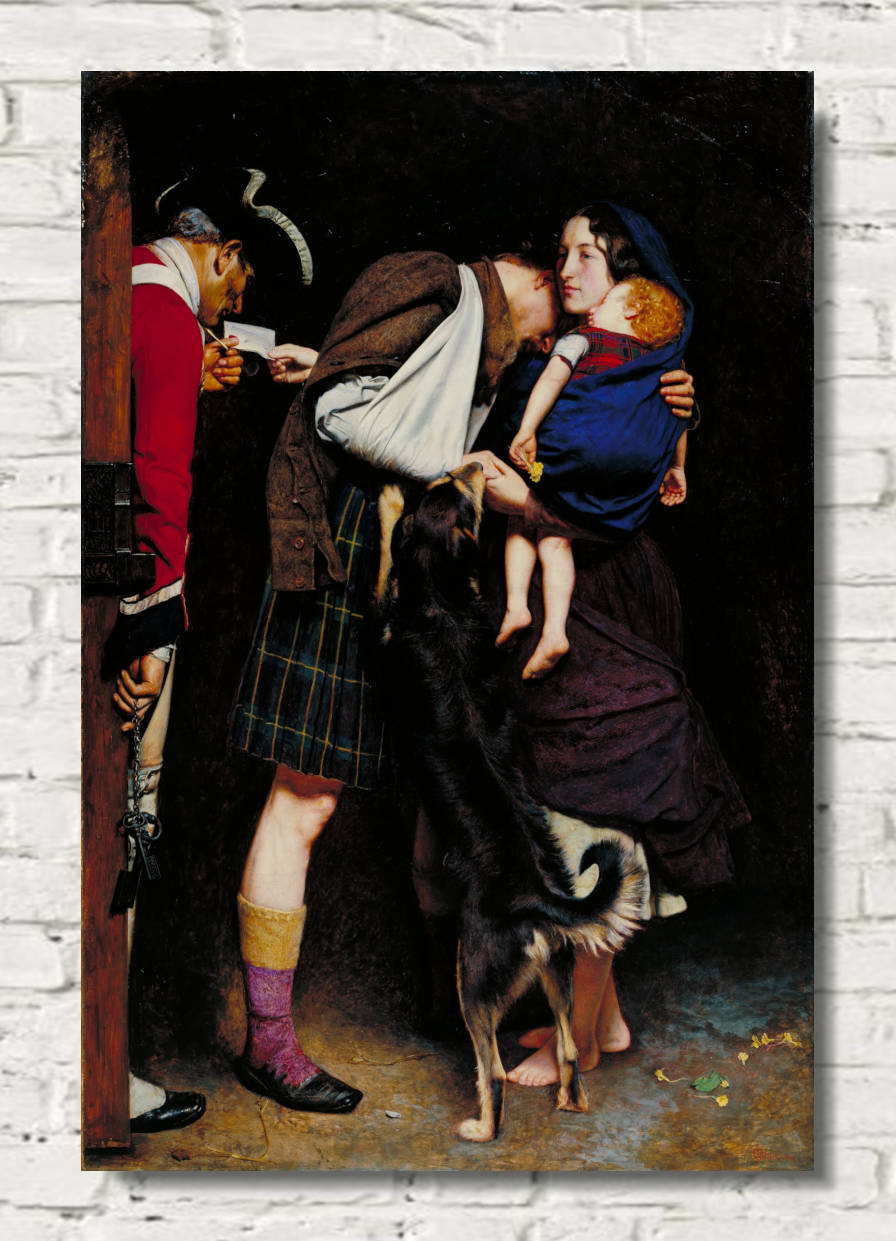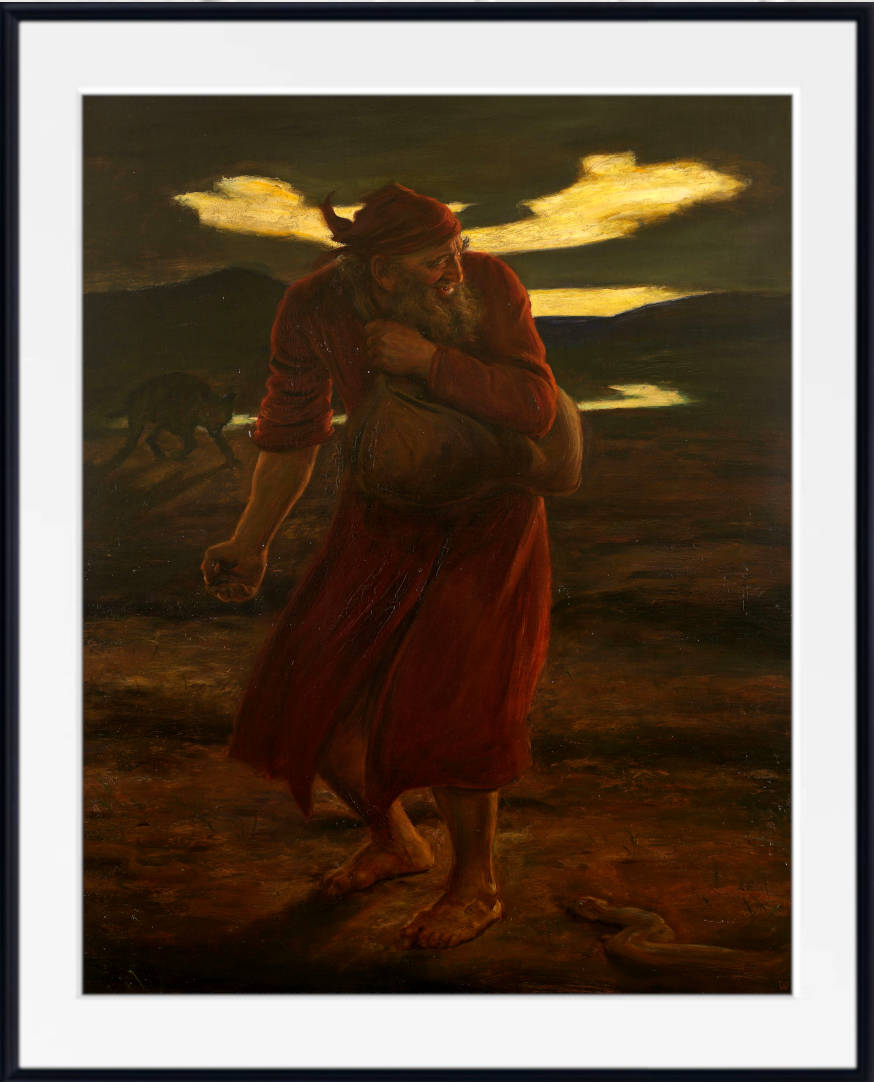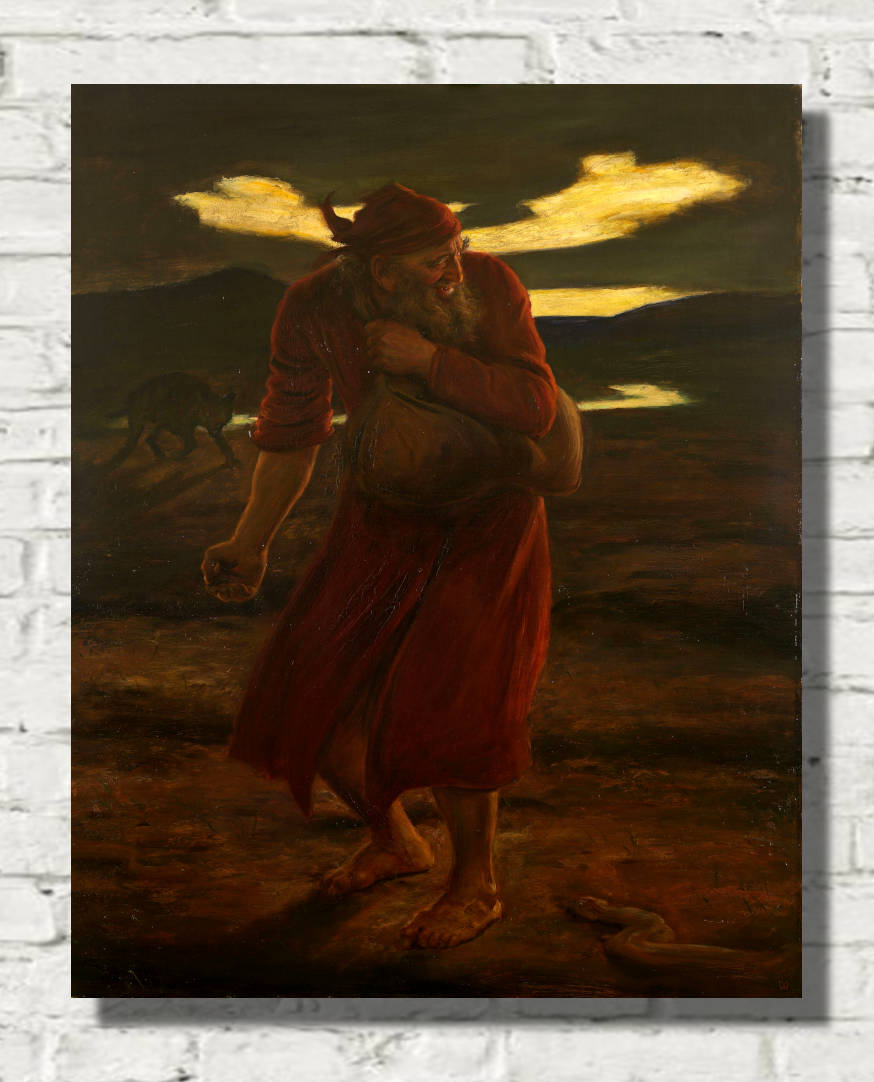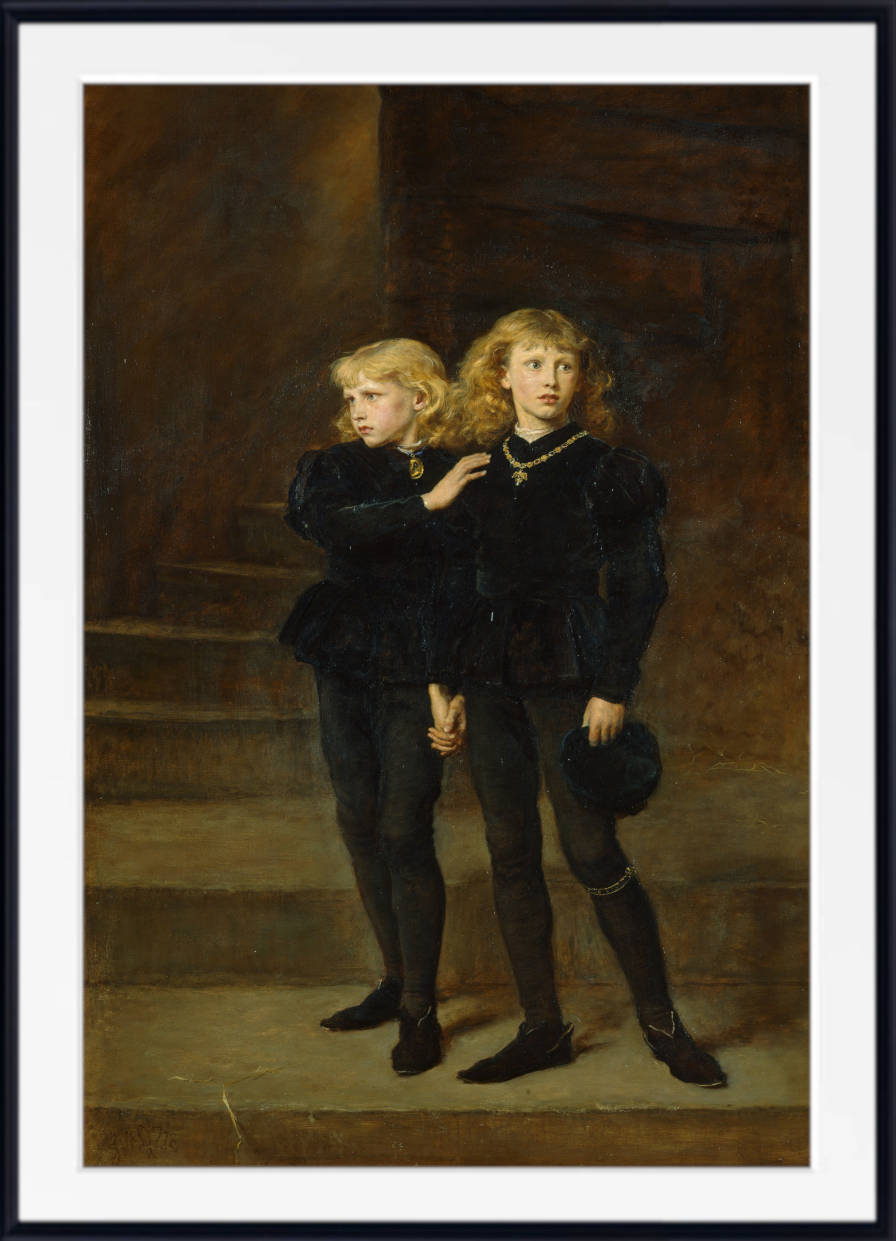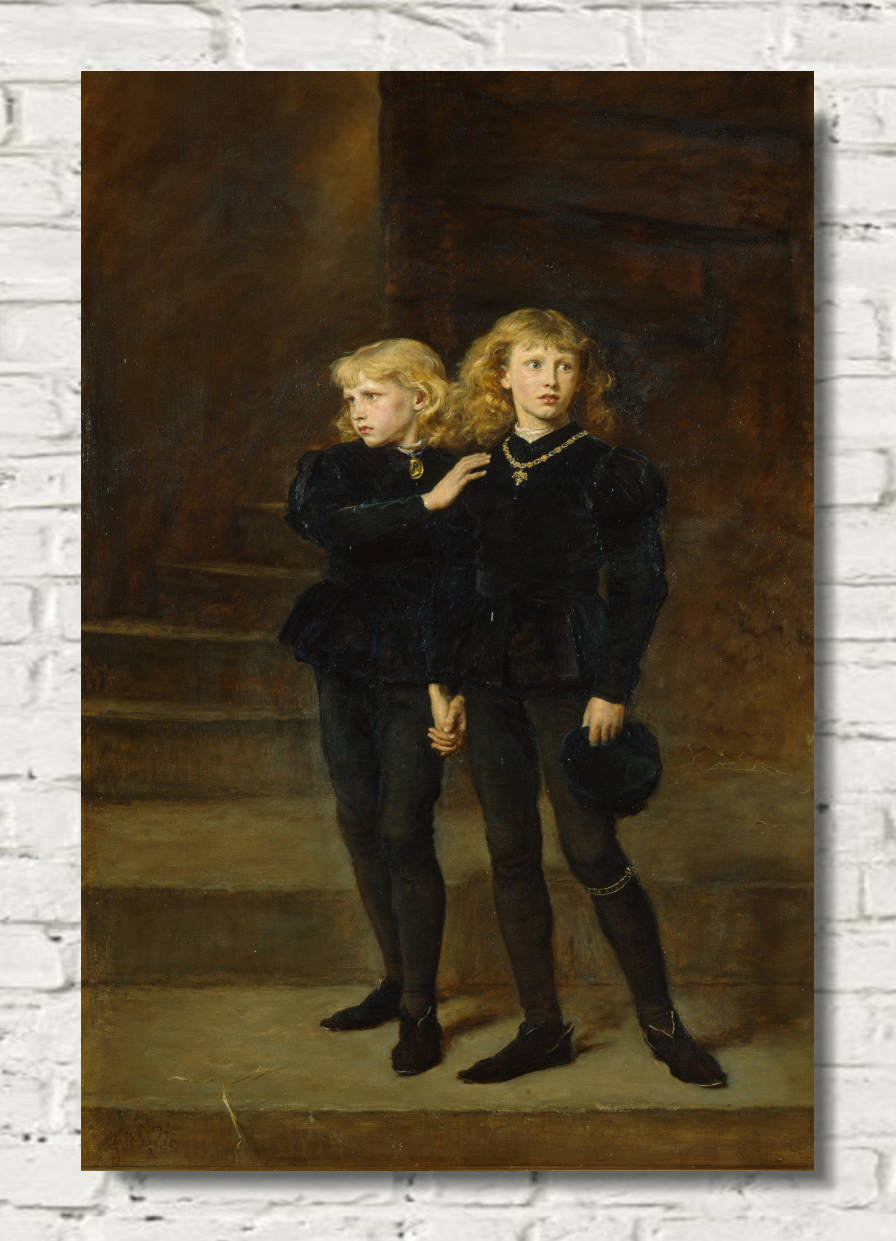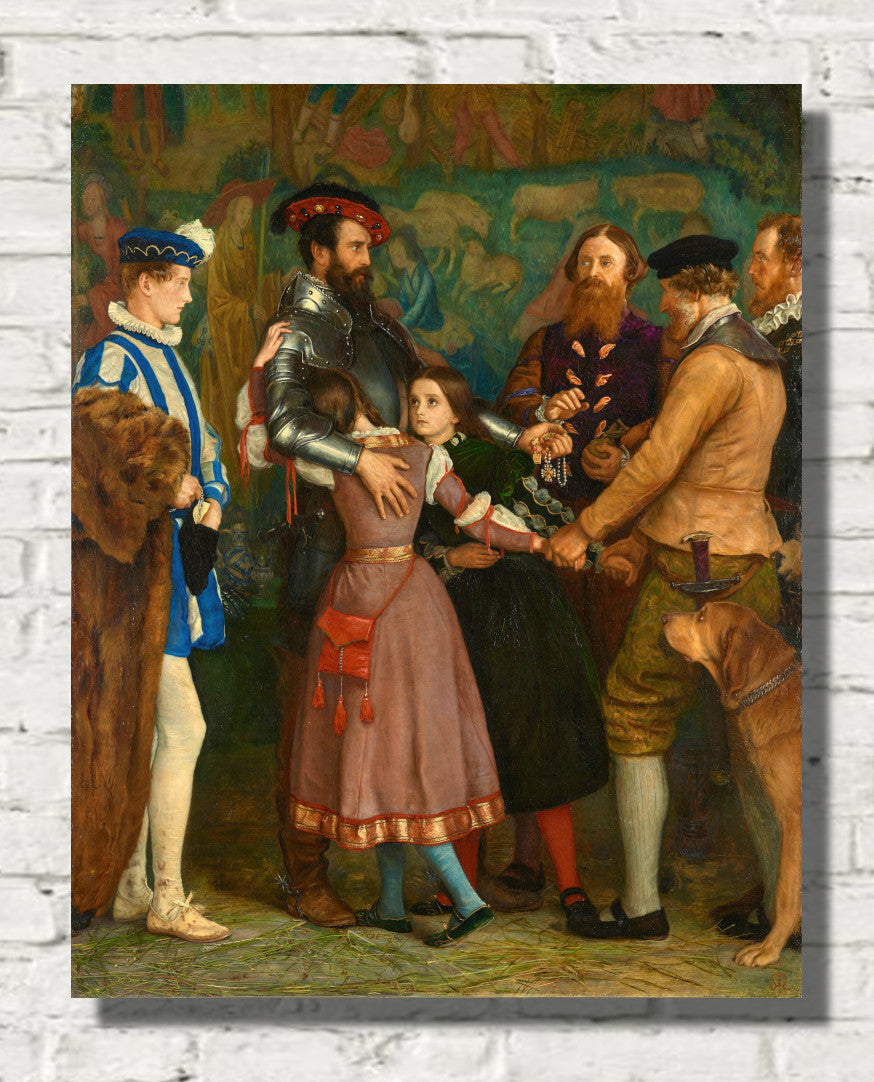Table of Contents:[hide]
Sir John Everett Millais (1829-1896) stands as one of the most influential figures in British art history, distinguished not only as a founding member of the Pre-Raphaelite Brotherhood but also as an artist who successfully bridged the gap between revolutionary artistic ideals and Victorian sensibilities. His technical virtuosity, coupled with an ability to infuse profound emotional depth into his subjects, secured his place as the first artist to be honored with a hereditary baronetcy.
Biography
Early Years and Prodigious Talent
Born in Southampton to a wealthy family of Jersey descent, Millais demonstrated extraordinary artistic talent from an exceptionally young age. At just nine years old, he became the youngest student ever admitted to the Royal Academy Schools, where his precocious abilities earned him the nickname "The Child." This early exposure to formal artistic training would lay the foundation for his technical mastery, even as he later rebelled against academic conventions.
The Pre-Raphaelite Brotherhood
In 1848, at the age of nineteen, Millais joined with William Holman Hunt and Dante Gabriel Rossetti to form the Pre-Raphaelite Brotherhood (PRB). This revolutionary artistic movement sought to reform art by rejecting what they considered the mechanistic approach of Mannerist painters who followed Raphael. The Brotherhood advocated a return to the abundant detail, intense colors, and complex compositions of Quattrocento Italian art.
Later Life and Success
Millais's career trajectory saw him move from controversial young revolutionary to established Victorian artist. His marriage to Effie Gray (formerly John Ruskin's wife) in 1855 marked a personal and professional turning point. As his style evolved, he achieved significant commercial success and establishment recognition, ultimately serving as President of the Royal Academy in 1896, shortly before his death.
Painting Style and Techniques
Technical Innovation
Millais's technique was characterized by several innovative approaches:
- Working on a wet white ground to achieve luminosity
- Painting with extraordinary precision using very fine brushes
- Developing a unique method of building up colors in thin glazes
- Creating incredibly detailed preliminary studies
- Using models and outdoor settings for enhanced naturalism
Evolution of Style
His artistic journey can be divided into three distinct periods:
- Early Pre-Raphaelite Phase (1848-1860): Characterized by intense detail, bright colors, and complex symbolic meanings
- Transitional Period (1860-1870): Incorporating looser brushwork while maintaining Pre-Raphaelite principles
- Mature Style (1870-1896): Broader handling and more commercial subjects, though never abandoning his technical mastery
The Pre-Raphaelite Movement and Millais's Role
The Pre-Raphaelite Brotherhood represented a significant challenge to artistic conventions of the Victorian era. Their manifesto emphasized:
- Truth to nature
- Study of historical accuracy
- Rejection of classical poses
- Use of bright, clear colors
- Attention to minute detail
Millais's role was crucial as he demonstrated how these principles could be applied with extraordinary technical skill. His early works became touchstones for the movement, proving that radical artistic theory could produce commercially and critically successful paintings.
Analysis of Key Works
The Black Brunswicker (1860)
This painting represents a pivotal moment in Millais's career, bridging his Pre-Raphaelite and mature styles. Set on the eve of the Battle of Waterloo, it depicts a member of the Black Brunswickers bidding farewell to his lover. The composition masterfully utilizes a confined space to heighten emotional tension, with the couple's figures pressed close together in a narrow hallway. Millais's meticulous attention to historical detail is evident in every aspect of the costume and setting, from the precise rendering of the Brunswicker's uniform to the subtle sheen of the woman's silk dress.
The sophisticated use of light and shadow creates not only visual depth but psychological complexity, highlighting the emotional struggle between duty and love. The handling of textures demonstrates Millais's technical virtuosity, particularly in the contrast between the harsh military uniform and the soft, luminous quality of the lady's pink silk gown. The color palette, dominated by black, white, and pink, creates a harmonious yet emotionally charged atmosphere.
Symbolic elements enrich the narrative throughout the composition. A print of Napoleon hanging in the background serves as a reminder of the historical context and impending conflict. The contrasting textures of martial and feminine attire speak to the broader themes of war and peace, duty and love. The decisive moment of separation is captured with remarkable psychological insight through the subtle positioning of hands and bodies.
The North-West Passage (1874)
In this masterwork, Millais combines British maritime ambition with intimate domestic drama. The painting depicts an elderly Arctic explorer studying maps while his daughter reads to him, creating a powerful meditation on age, ambition, and national identity. The technical execution is extraordinary, with Millais demonstrating his mature mastery in the rendering of diverse textures. The worn wooden table, aged leather of books, weathered skin of the explorer, and delicate fabric of the daughter's dress are all depicted with convincing authenticity.
The spatial arrangement is particularly sophisticated, with maps and navigation tools carefully positioned to create both visual interest and narrative significance. The indoor winter light is rendered with subtle atmospheric effects that enhance the contemplative mood while providing dramatic illumination of the key elements. The color palette, dominated by rich reds and browns, creates a warm, intimate atmosphere that contrasts poignantly with the implied Arctic cold of the explorer's dreams.
The painting works on multiple levels, serving as both a commentary on British imperial ambition and an exploration of familial relationships. The elderly explorer's determined expression, combined with his daughter's attentive presence, speaks to themes of persistence and support. Millais integrates historical and personal narratives seamlessly, creating a work that functions both as a national statement and an intimate family portrait.
The Order of Release 1746 (1852-53)
This painting stands as one of the finest examples of Millais's Pre-Raphaelite principles in practice. The scene depicts a Jacobite prisoner being released to his wife's custody, capturing a moment of profound emotional and historical significance. Millais's handling of surface detail reaches extraordinary levels here, with every element rendered with microscopic precision that rewards close examination.
The artist's sophisticated approach to texture becomes a vehicle for storytelling, from the rough stone walls of the prison to the worn fabric of the prisoner's clothing and the soft skin of the sleeping child. The composition innovatively emphasizes psychological drama through the positioning of figures, with the wife's strong, upright stance contrasting with her husband's exhausted lean against her shoulder.
Millais's use of color is particularly brilliant in this work, directing emotional response through carefully orchestrated combinations. The wife's tartan dress serves both as a historical marker and a bright focal point against the muted prison interior. The historical accuracy of costume and setting demonstrates Millais's commitment to authenticity, while the body language of the figures conveys complex relationships and emotions. The integration of Scottish historical themes adds another layer of significance to what is already a deeply moving human drama.
Legacy and Influence
Millais's influence extends far beyond the Pre-Raphaelite movement. His technical innovations, particularly in handling detail and color, influenced generations of artists. His ability to combine high artistic principles with commercial success created a model for professional artists that remains relevant today.
Related Articles
References
- Rosenfeld, J. (2012). John Everett Millais. Phaidon Press.
- Smith, A. (2007). The Pre-Raphaelite Brotherhood. Oxford University Press.
- Barringer, T. (1998). Reading the Pre-Raphaelites. Yale University Press.
- Werner, M. (2018). Pre-Raphaelite Painting Techniques. Getty Publications.
- Malcolm, W. (2004). John Everett Millais: Beyond the Pre-Raphaelite Brotherhood. Yale University Press.
- Cruise, C. (2011). Pre-Raphaelite Drawing. Thames & Hudson.
- Prettejohn, E. (2000). The Art of the Pre-Raphaelites. Princeton University Press.

